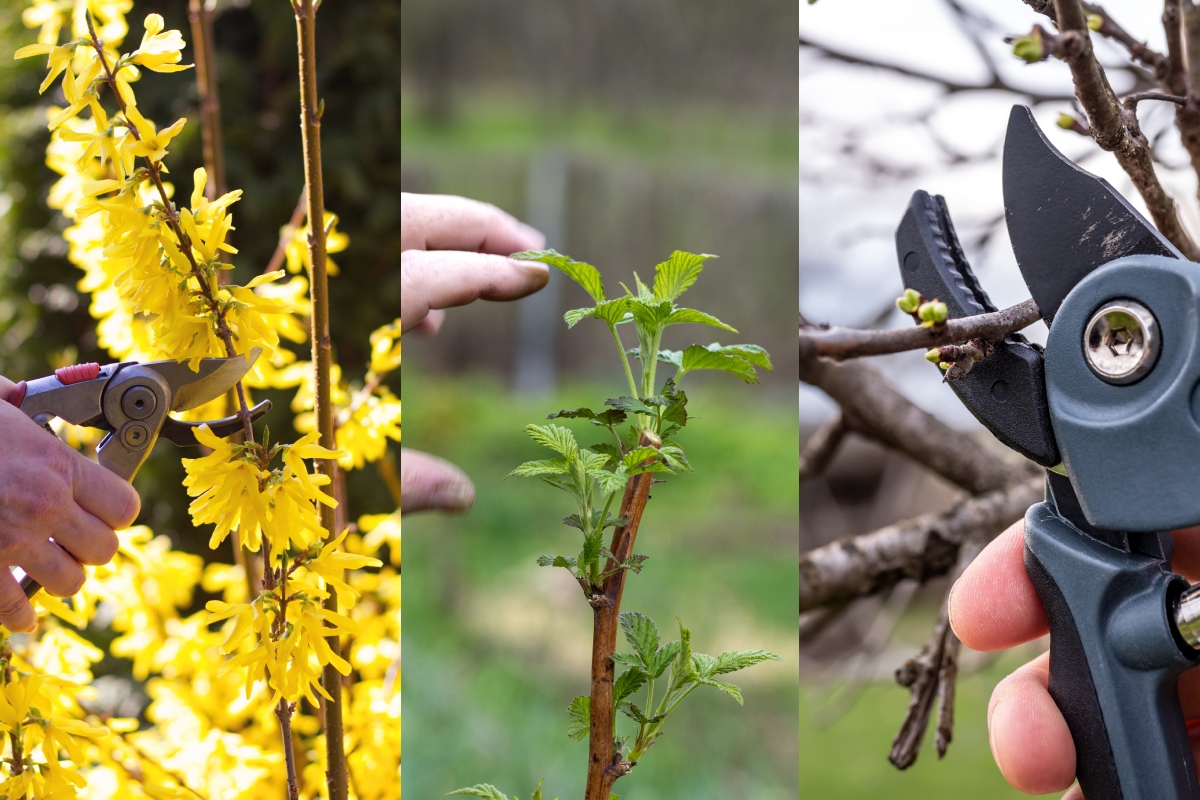
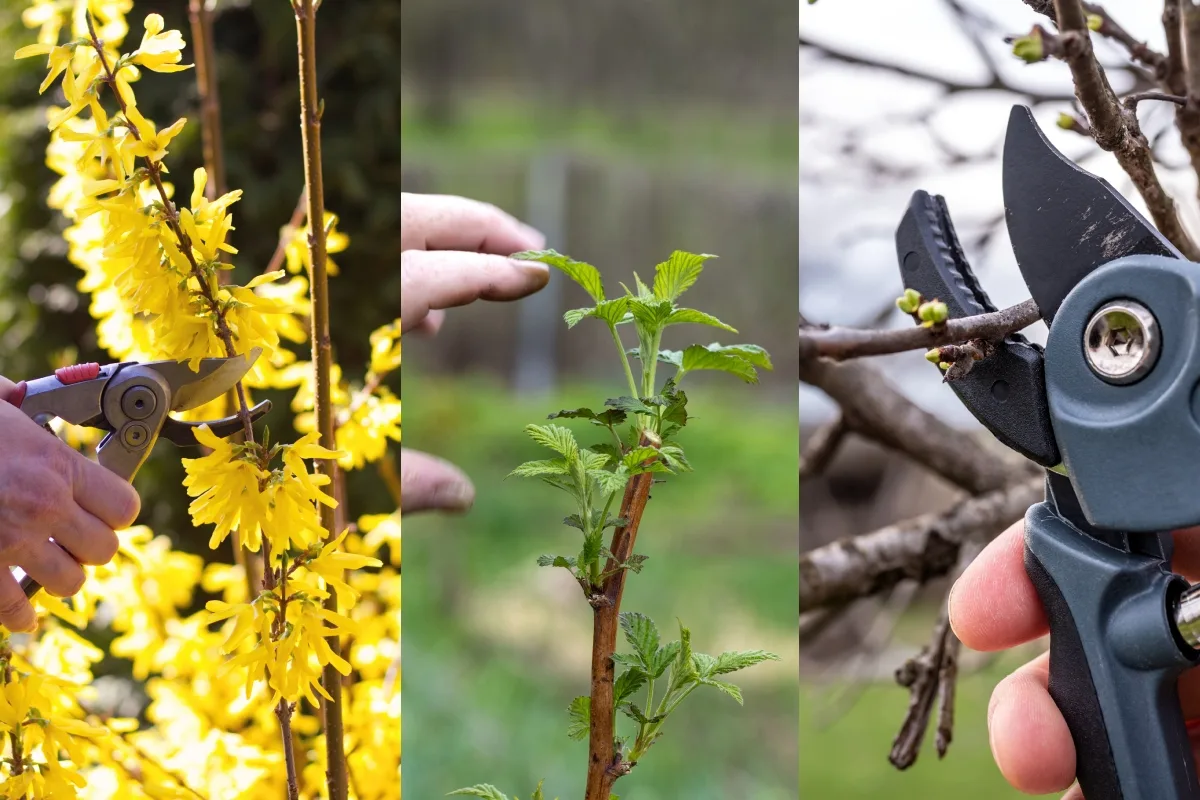
With hotter temperatures and the lengthening days of spring, all the things appears to be rising.
Being cooped up all winter, we gardeners are inclined to battle with our need to get on the market and get rising, too. We need to get a head begin pruning and cleansing up crops that look a bit scraggly. However earlier than you seize your hand pruners, be sure you aren’t pruning the incorrect crops. There are fairly a number of crops that shouldn’t be pruned in spring.
Why Some Vegetation Shouldn’t Be Pruned within the Spring
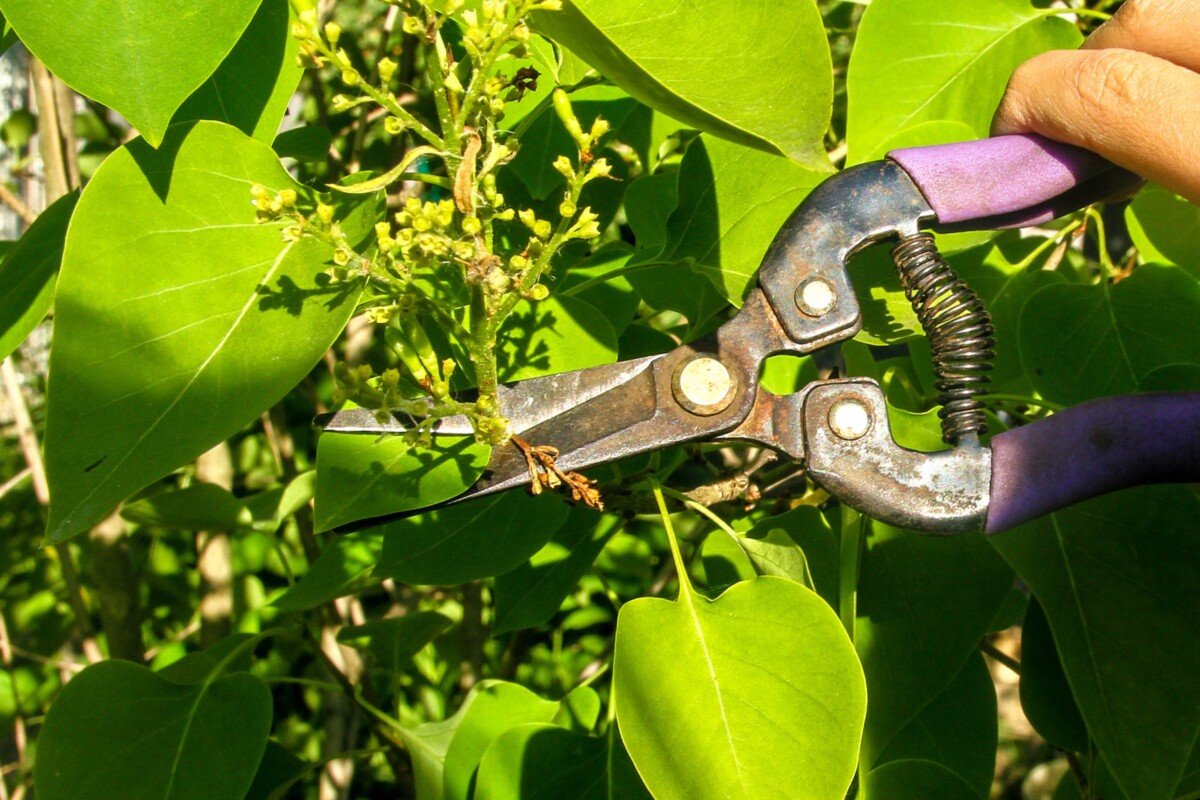
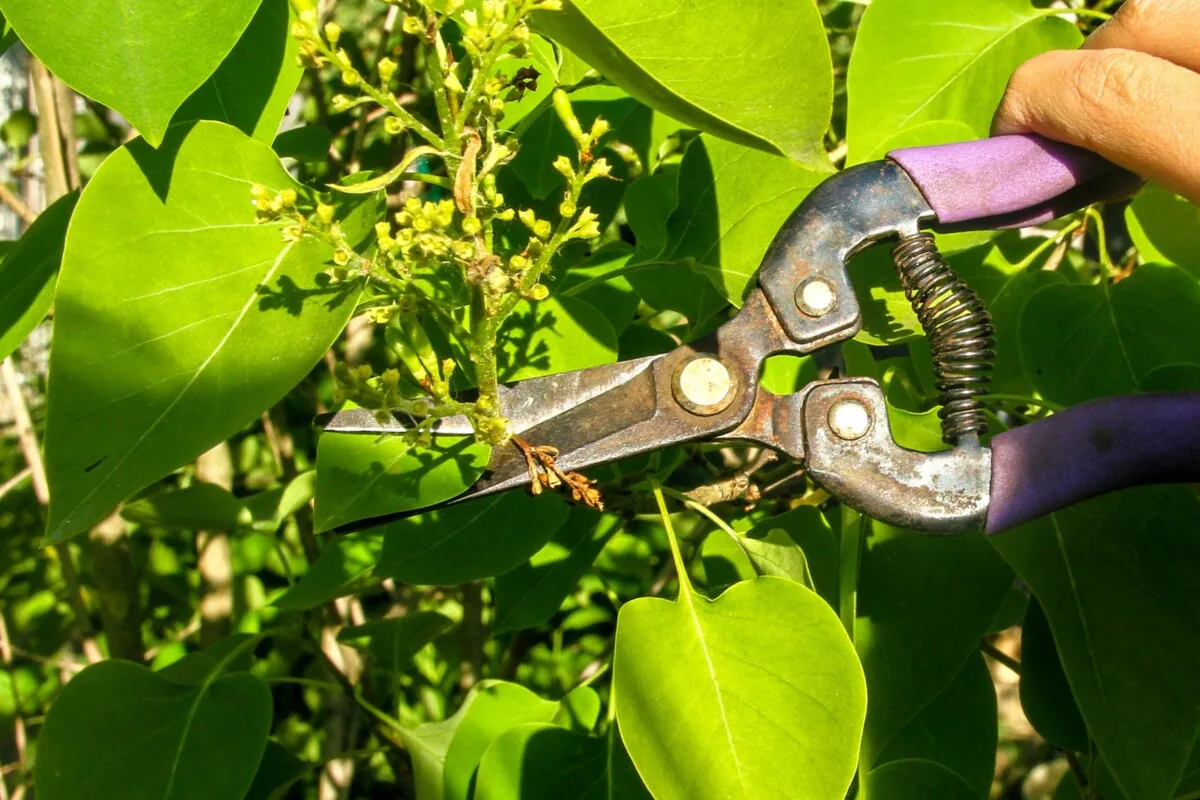
I don’t learn about you, but it surely’s exhausting to not be overcome with the “inexperienced itch” each spring. There are seedlings to start out, cool-weather crops to sow, instruments to collect and post-winter clear as much as be completed. I’m able to get on the market and whip my backyard into form even when there’s nonetheless snow on the bottom.
I’m positive you recognize the sensation.
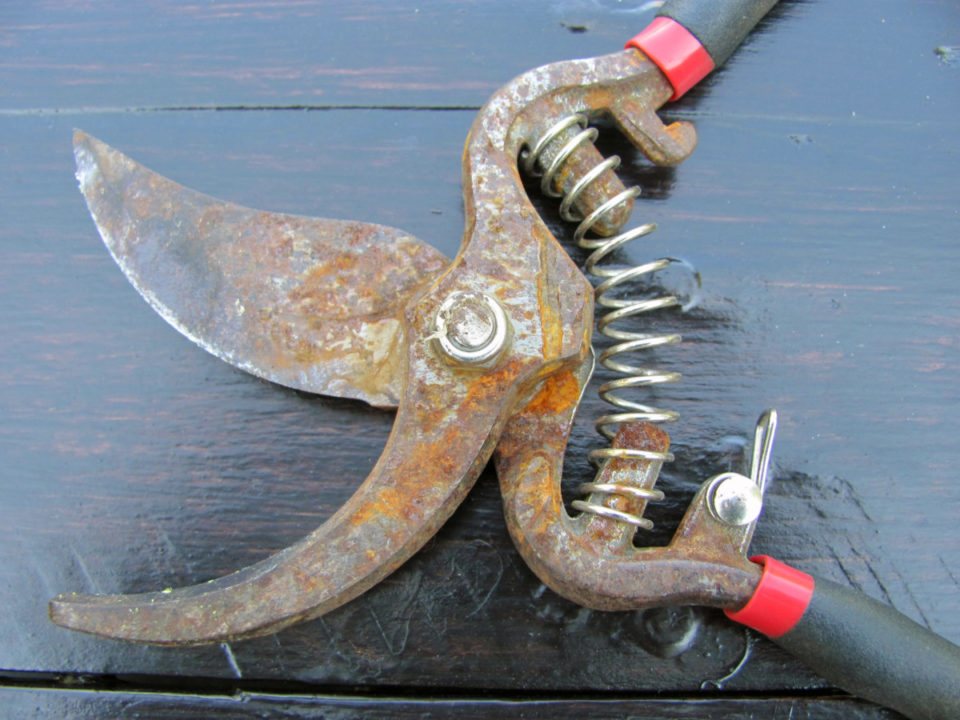
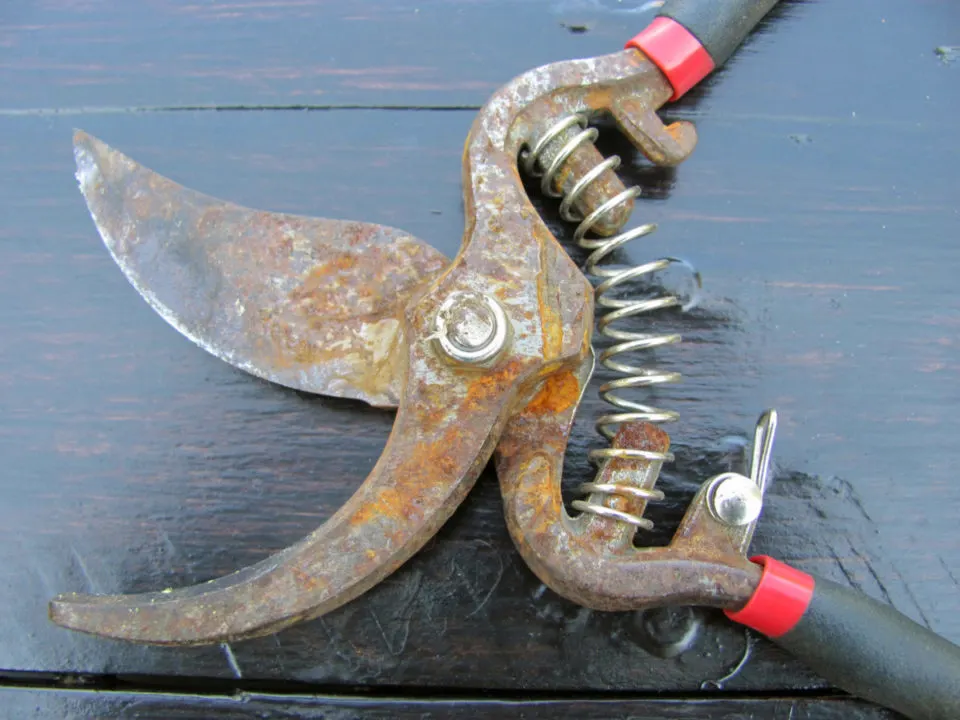
If a part of your pre-season prep consists of sharpening and cleansing your hand pruners (and it ought to), then you definately’re in all probability prepared to start out snipping wild-looking crops right into a extra pleasing form.
However when you get a bit of quick and free with the pruning shears, you might find yourself with lower than fascinating outcomes: few or no blossoms, much less fruit or a diminished harvest.
Do me a favor and put the hand pruners down, slowly again away and maintain studying earlier than you do something hasty.
Previous Progress Blooming Vegetation
Fairly a number of of our favourite blooming crops rely upon outdated development to supply flowers, berries or fruit within the spring. When you could be tempted to prune your scraggly lilac earlier than it units new leaves, you’ll prune away the flower buds that began final yr.
Yup, imagine it or not, that lilac bush began work on this spring’s buds final yr, shortly after it completed blooming.
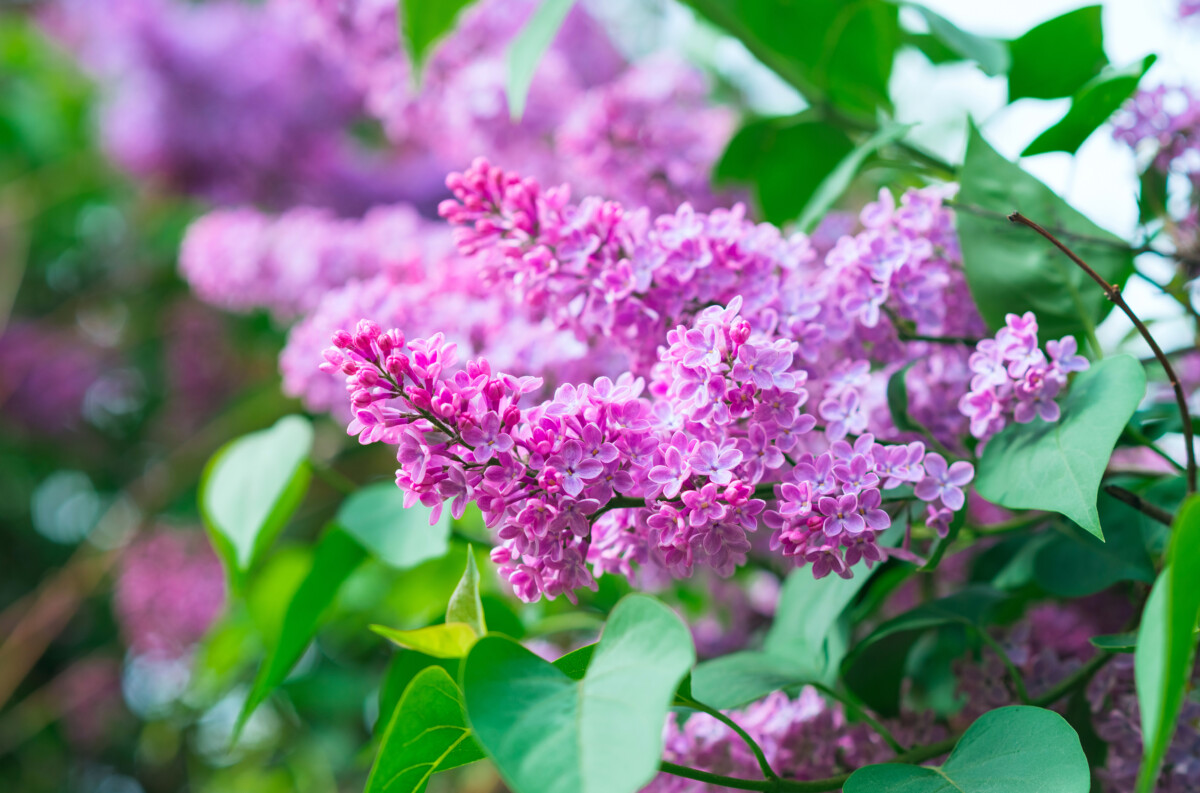
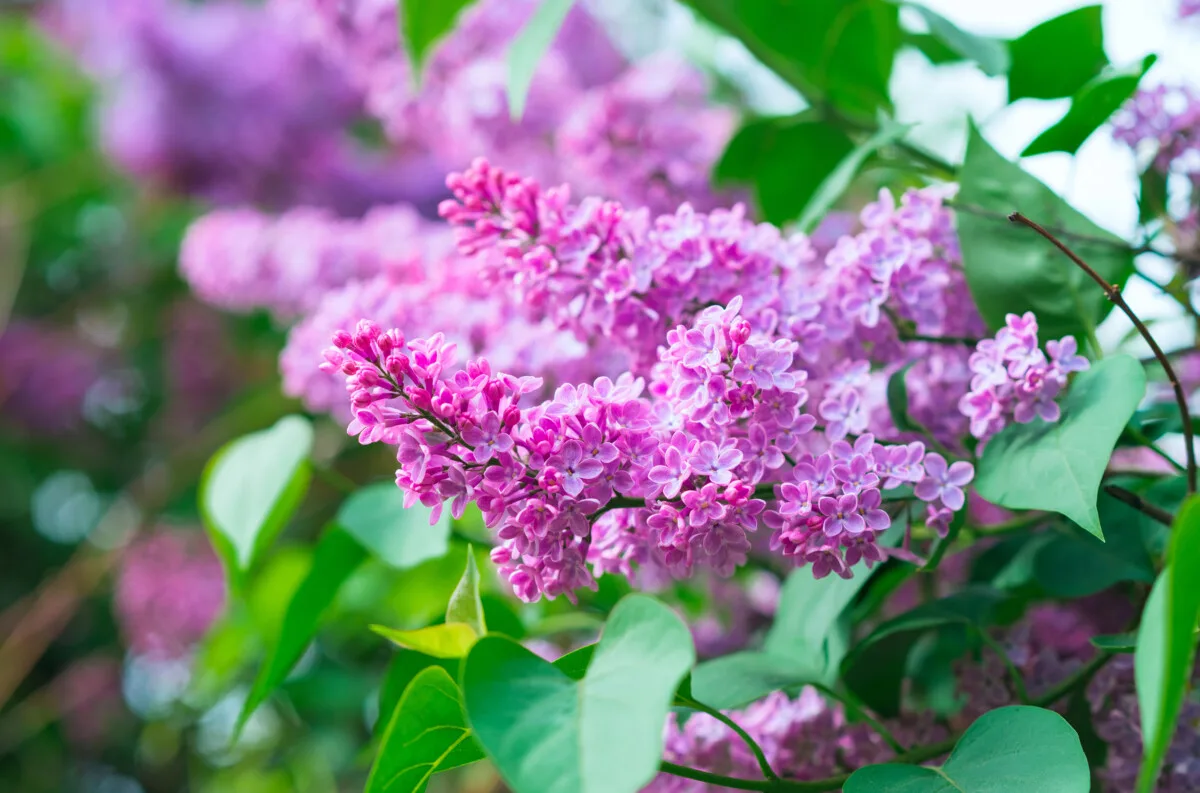
Vegetation that set flowers on final yr’s development are referred to as outdated development or outdated wooden blooming crops.
When to Prune Previous Progress Blooming Vegetation
Since I’m supplying you with a listing of crops you shouldn’t prune within the spring, you’re in all probability questioning whenever you ought to prune them. The final rule of thumb for outdated development bloomers is to prune them instantly after they’ve completed blooming.


Inside a few weeks after these previous few blossoms fade, you’ll need to get on the market together with your trusty hand pruners and do any shaping or trimming to encourage new development. As at all times when pruning woody crops, it’s finest to not take away greater than a ¼ of the plant annually.
Many Fruit Bushes Shouldn’t Be Pruned within the Spring
For a lot the identical purpose, you shouldn’t prune sure timber within the spring. To make clear, you possibly can prune in very early spring/the story finish of winter if the plant continues to be dormant. However as soon as the climate warms and issues start to develop, it’s finest to attend. .
By eradicating the buds that comprise the flowers, you’re additionally eradicating potential fruit. Counterintuitively, as soon as the tree has set fruit, typically it’s a good suggestion to do a little bit of selective pruning. Scaling down the fruit permits the tree to unfold vitamins extra evenly among the many remaining fruit, resulting in a greater harvest general and can result in constant harvests yr after yr.
Likewise, you possibly can prune some timber like apple and pear to encourage extra flower manufacturing, slightly than extra vegetative development. Examine together with your native cooperative extension workplace for extra info on the perfect time and pruning methodology to encourage extra fruit in your timber.
Typically You Have to Prune within the Spring Anyway
Typically, you’ll simply have to chunk the bullet and prune within the spring or as soon as the plant in query has set subsequent yr’s development. If illness units in, pests overwhelm a plant or it’s utterly taking up an area, it could be essential to forego a season of gorgeous blooms or fruit to enhance the plant in the long term.
Vegetation That Shouldn’t Be Pruned within the Spring
This record is a normal information. Use it as a guidelines so you possibly can see when you have any of those crops. You probably have any of those crops it’s a good suggestion to get extra particular care directions from a trusted nursery or your native cooperative extension.
1. Apple Bushes
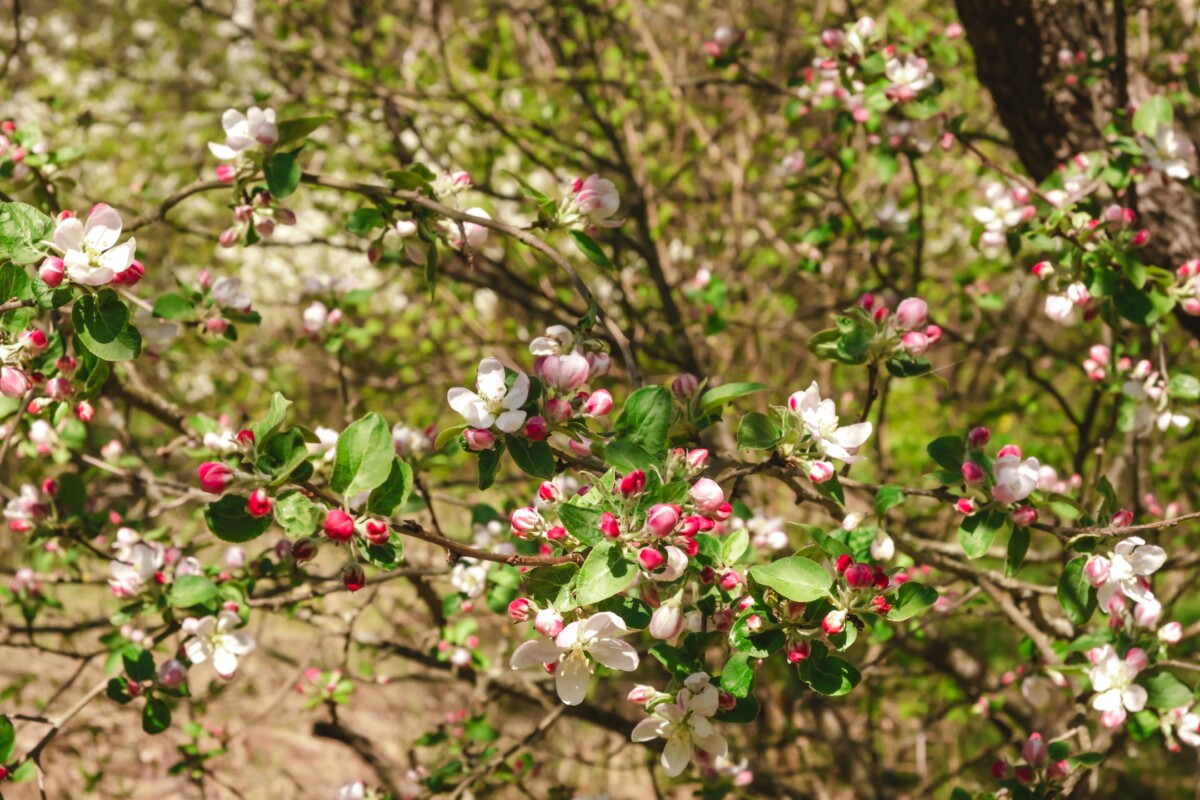
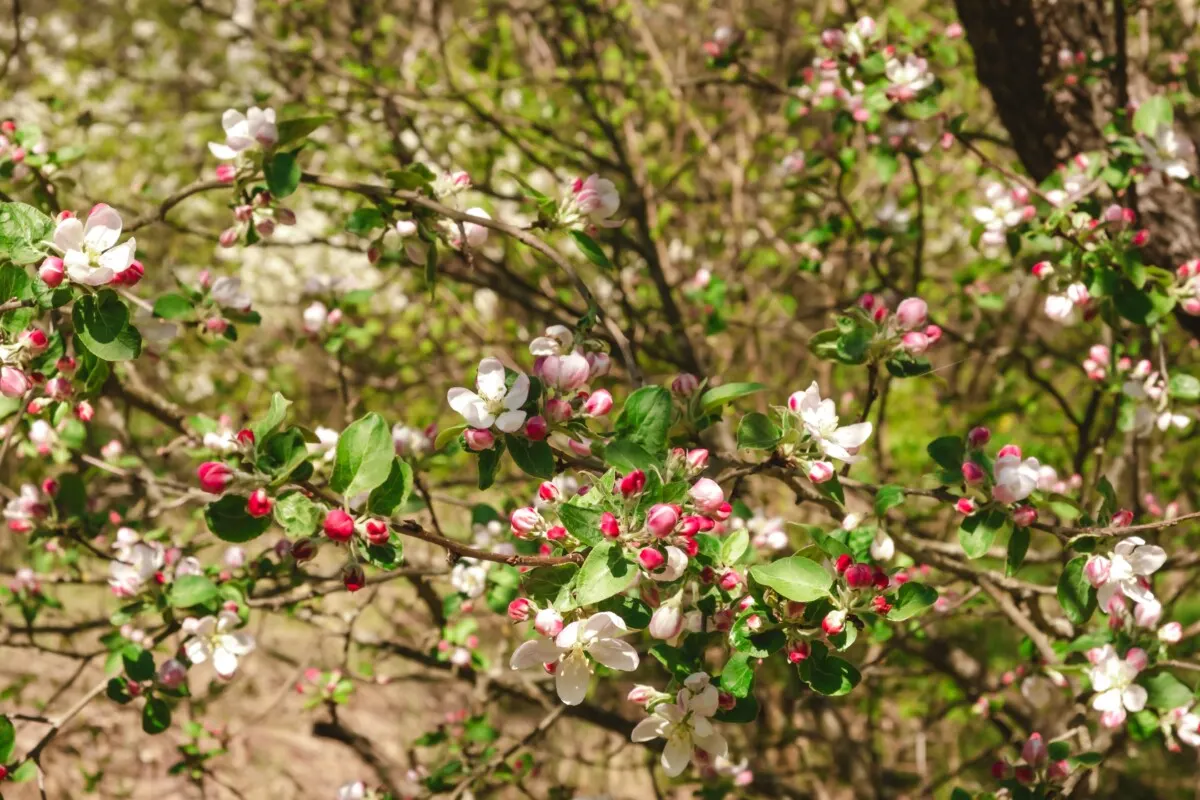
New buds are set in early spring earlier than flowering. Prune in late winter whereas the tree is dormant. Ensure you aren’t pruning flowering branches. Skinny fruit as soon as it has set for the perfect harvest.
2. Pear Bushes
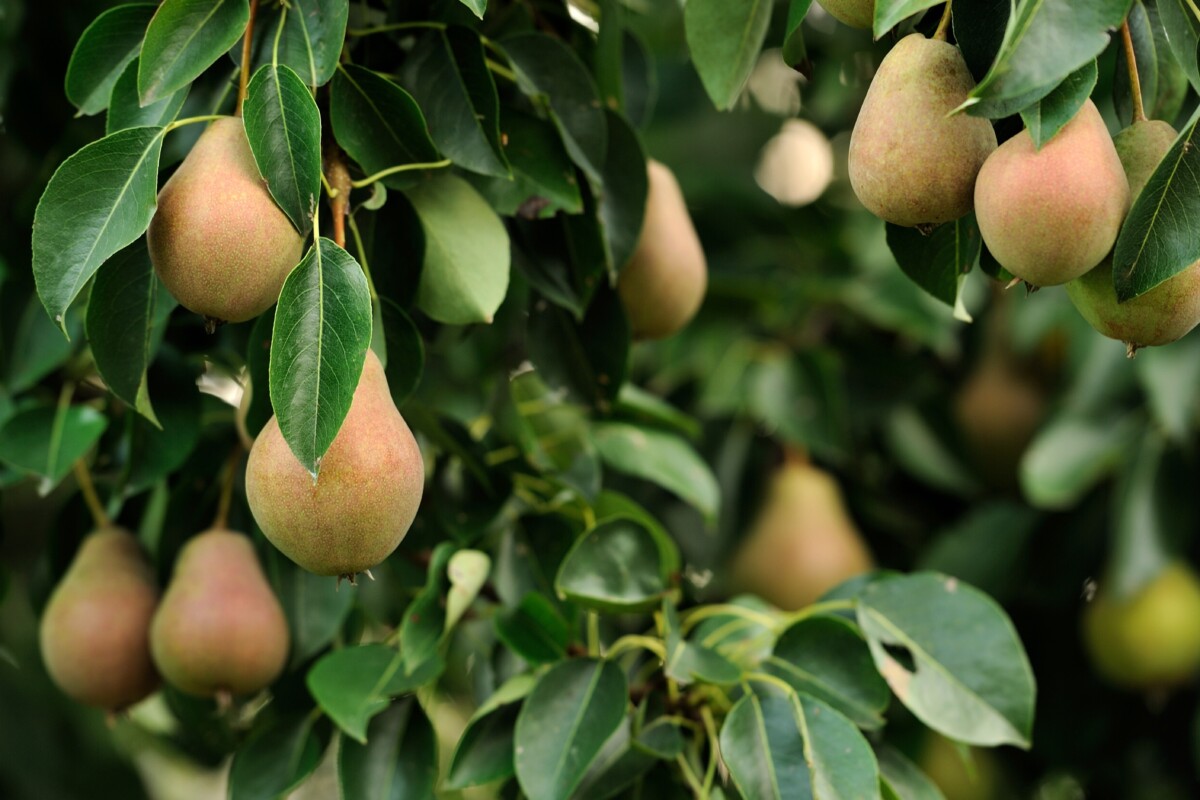
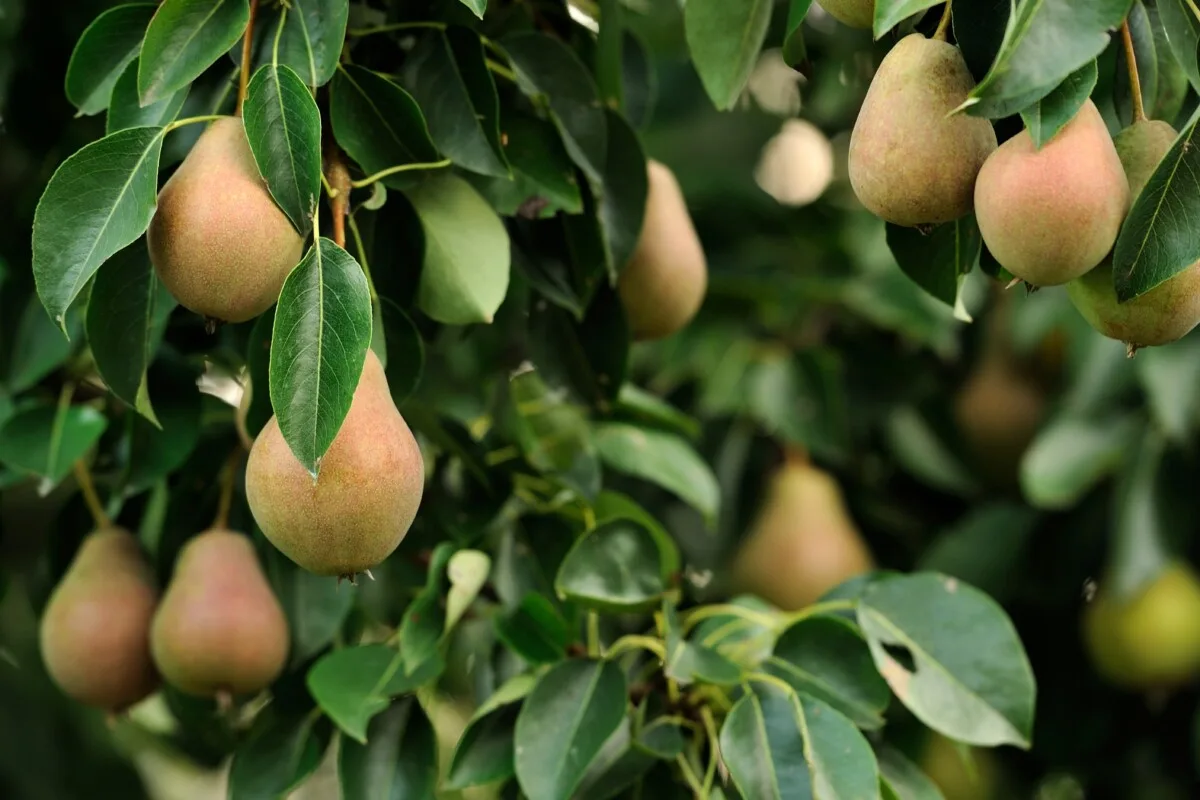
New buds are set in early spring. Prune pear timber throughout late winter whereas dormant to form the tree and take away lifeless or crowded branches. Once more, make certain you’re pruning non-flowering branches. Skinny fruit as soon as it has set for the perfect harvest.
3. Cherry Bushes
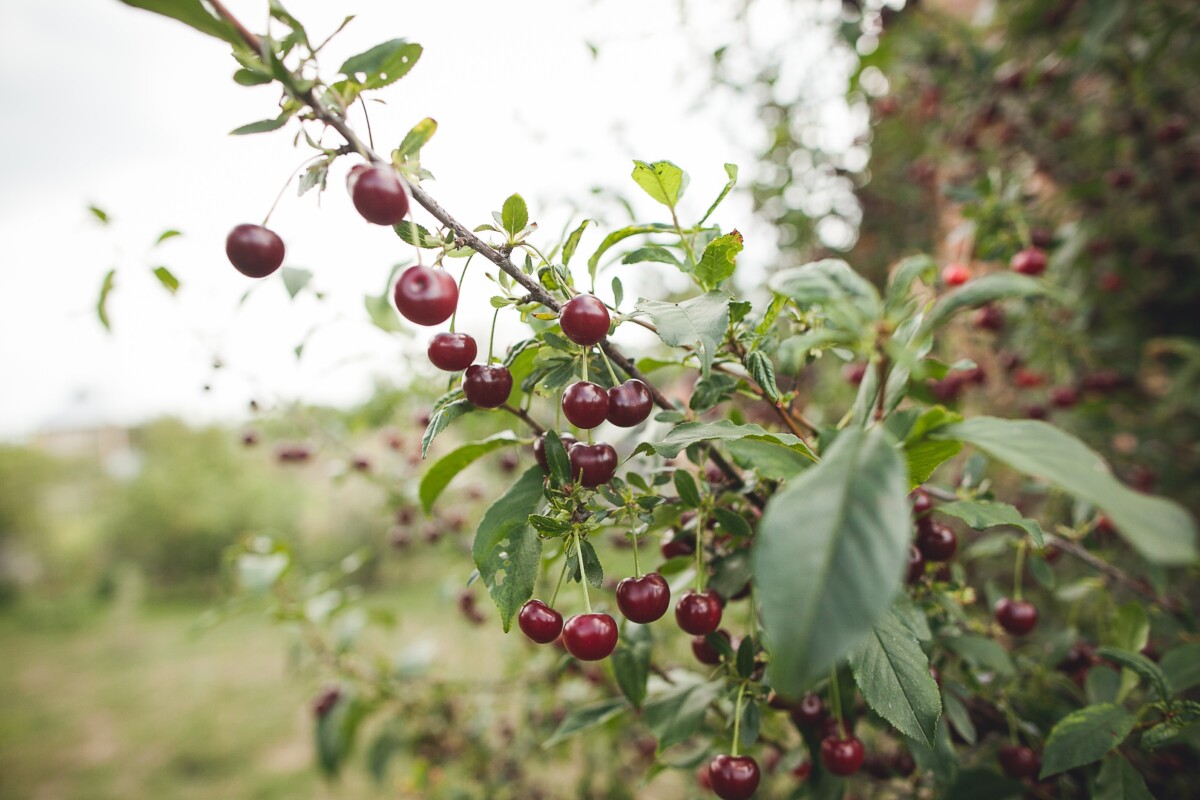
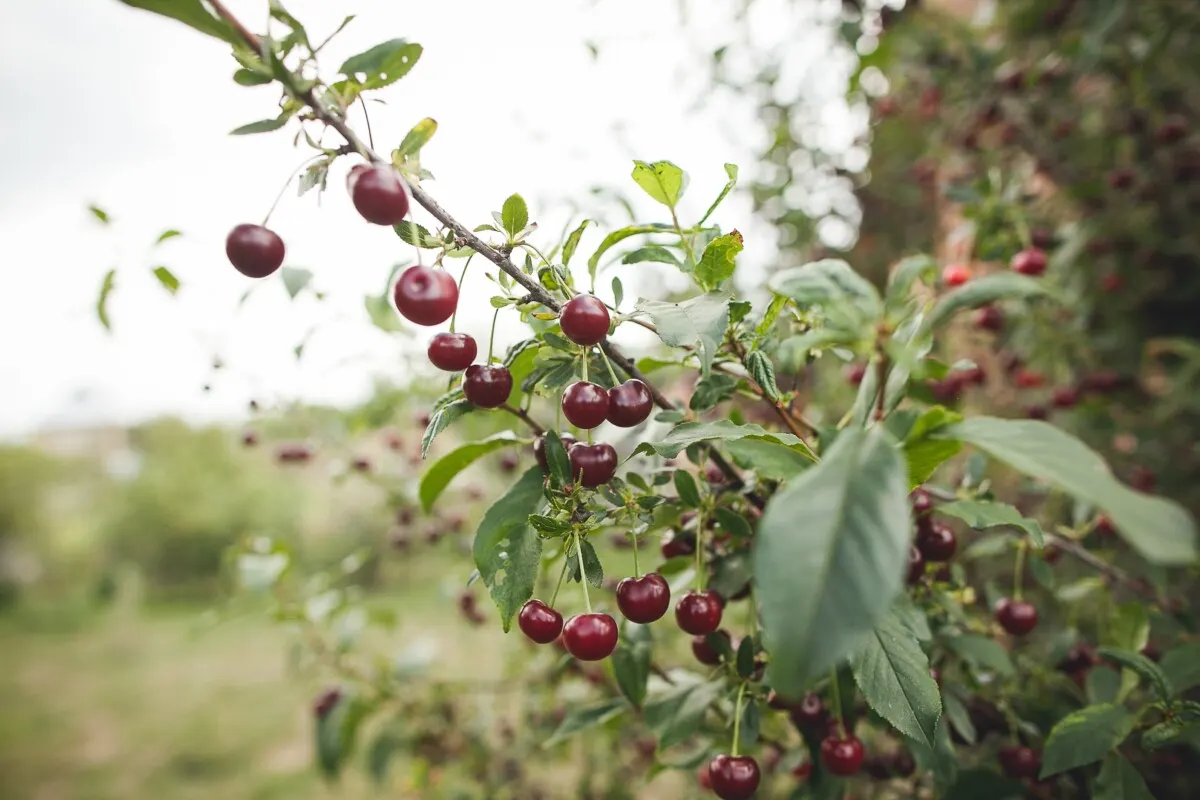
New buds are set in early spring. Prune cherry timber in late winter whereas they’re dormant, avoiding pruning throughout wet intervals to cut back the danger of illness.
4. Plum Bushes
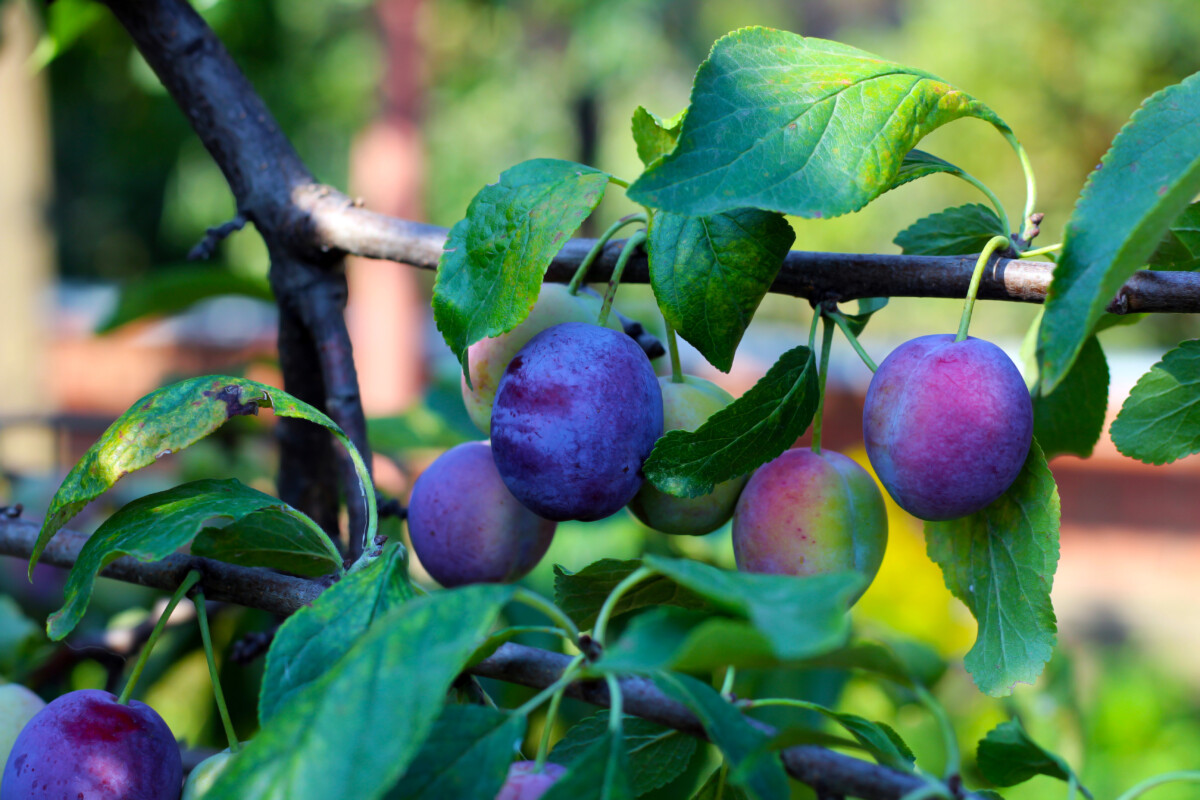
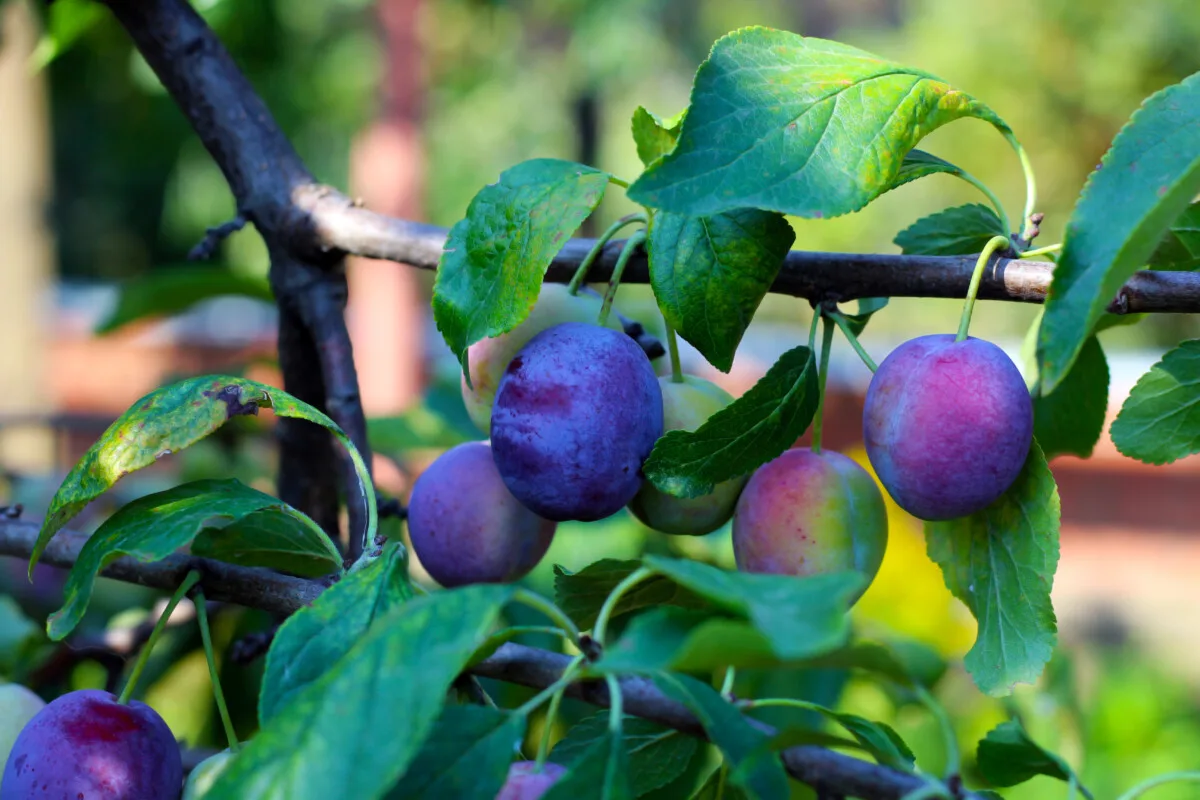
New buds emerge in early spring. Prune plum timber in late winter whereas the tree is dormant to form the tree and take away lifeless or diseased wooden.
5. Apricot Bushes
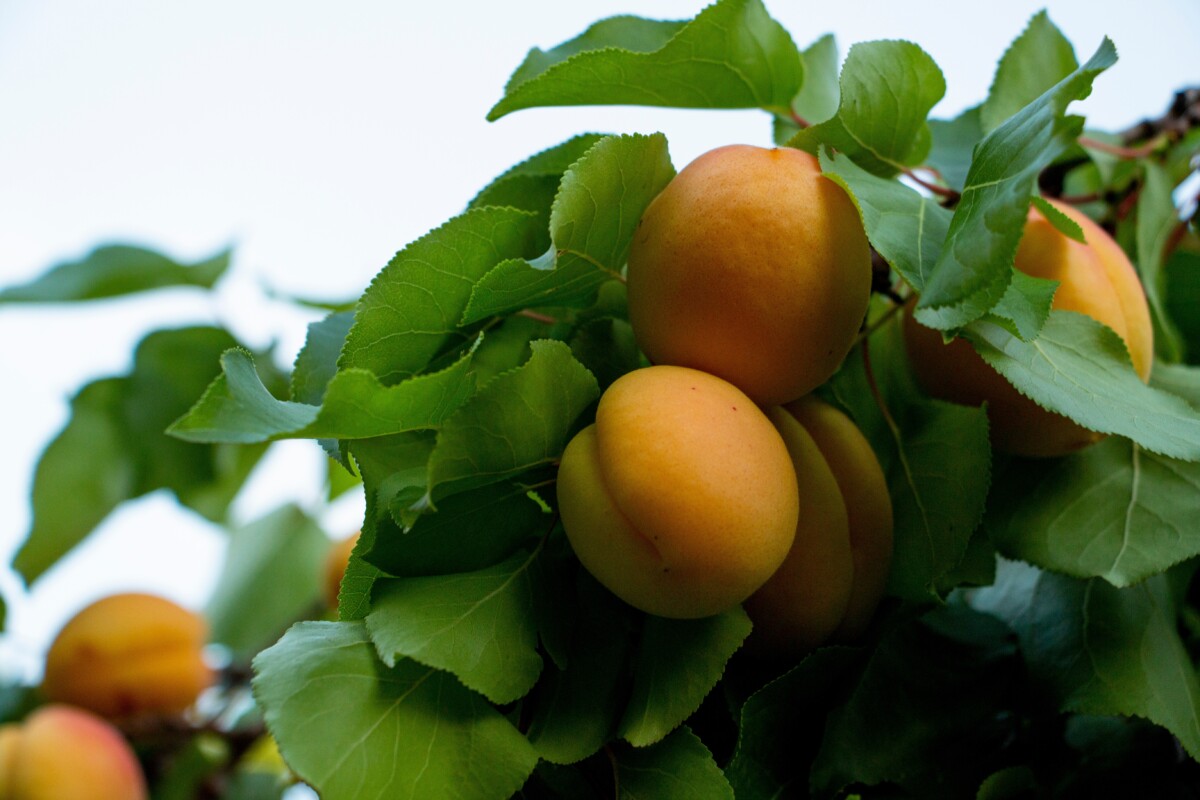
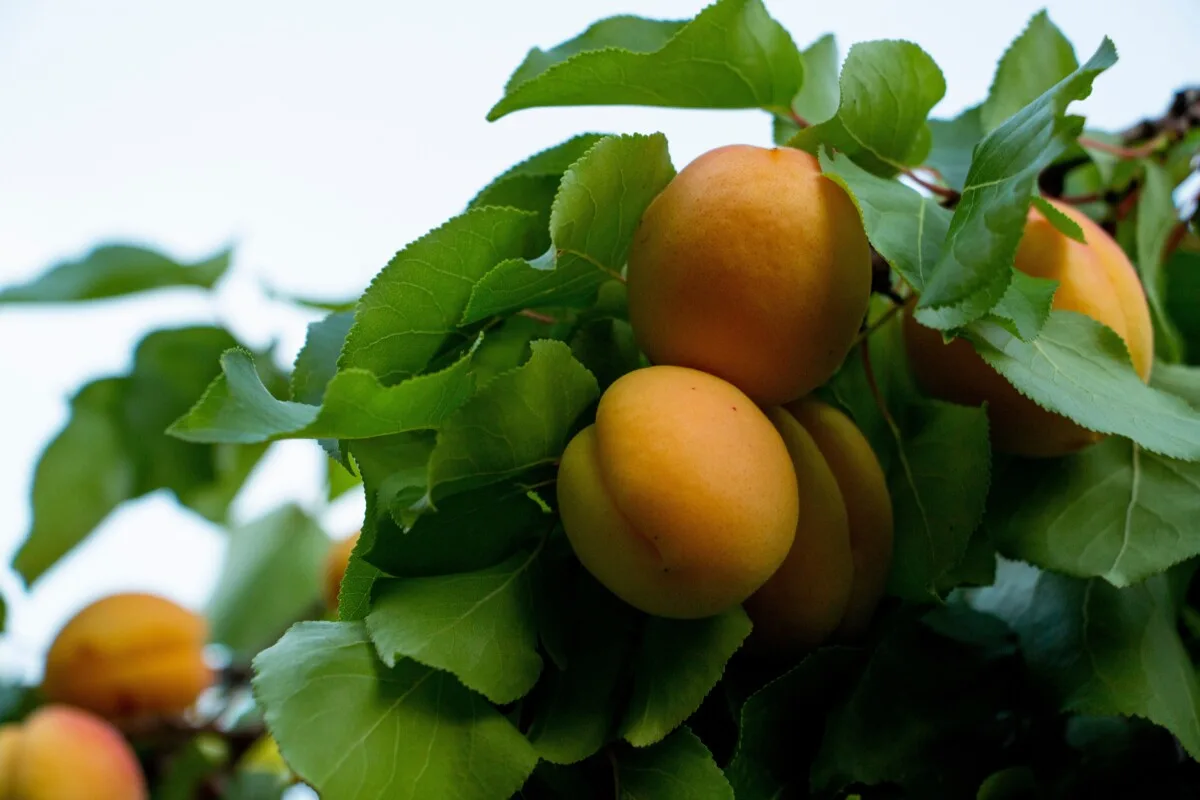
New buds seem in early spring. Prune apricot timber in late winter whereas the plant is dormant to take away lifeless or diseased branches and keep an open cover.
Floricane-fruiting or Mid-summer Berries
Some types of cane fruits produce berries on the present yr’s development – these are referred to as primocanes. Whereas canes that set fruit grown on the second yr’s development are referred to as floricanes. You’ll nonetheless have to take away suckers that pop up every spring and spent floricanes from the earlier yr, however you don’t need to prune this yr’s fruit-bearing canes.
Some common berries with floricane varieties embrace:
6. Raspberry
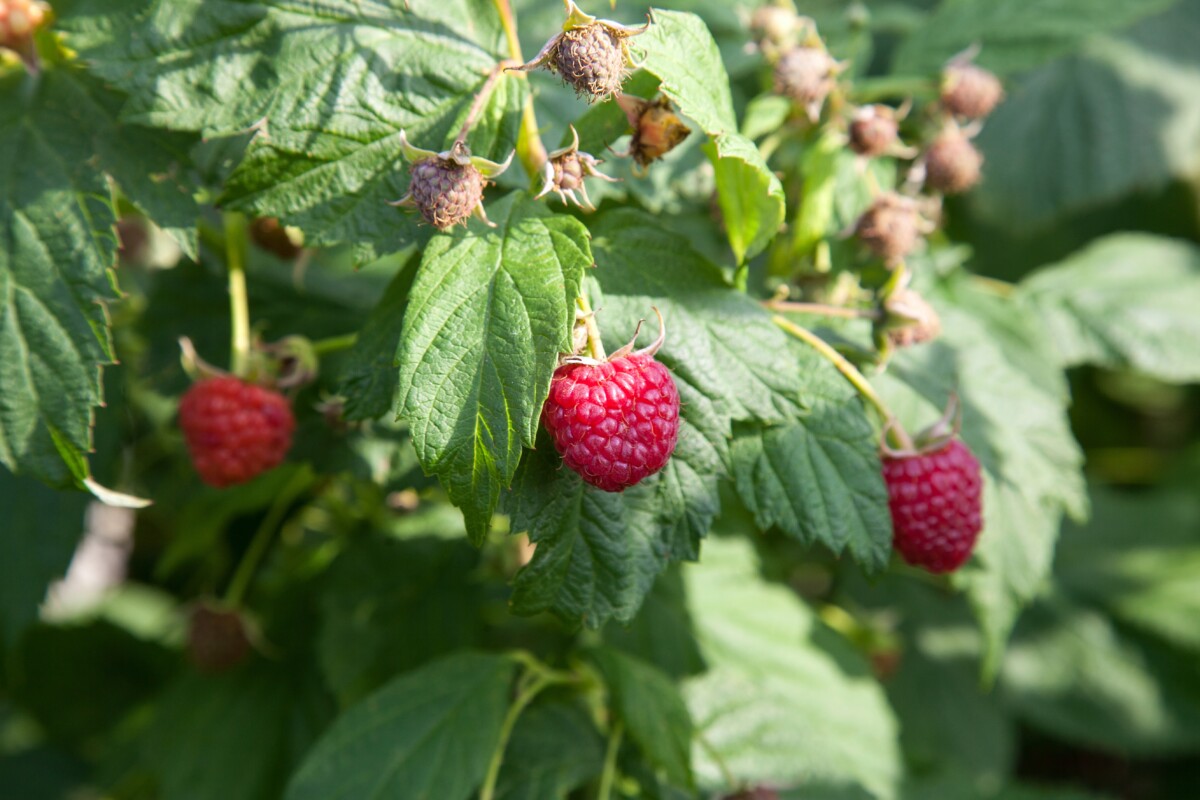
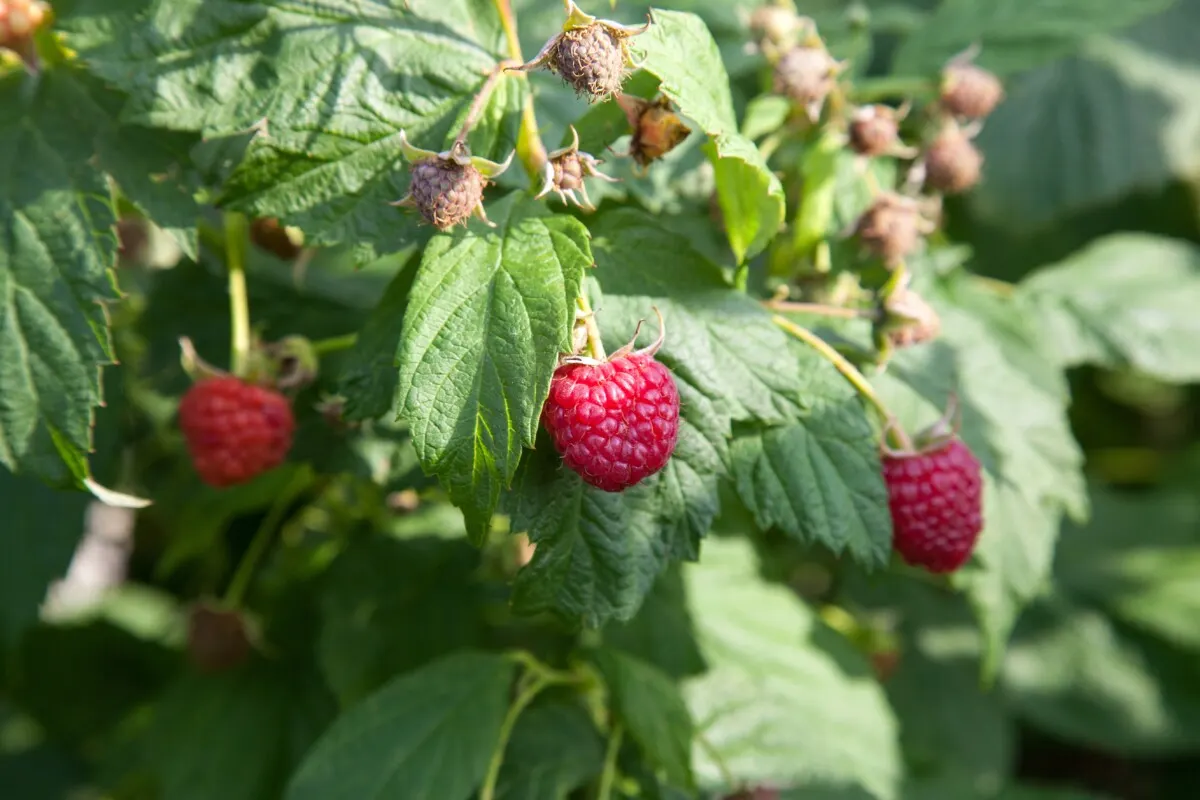
7. Blackberry
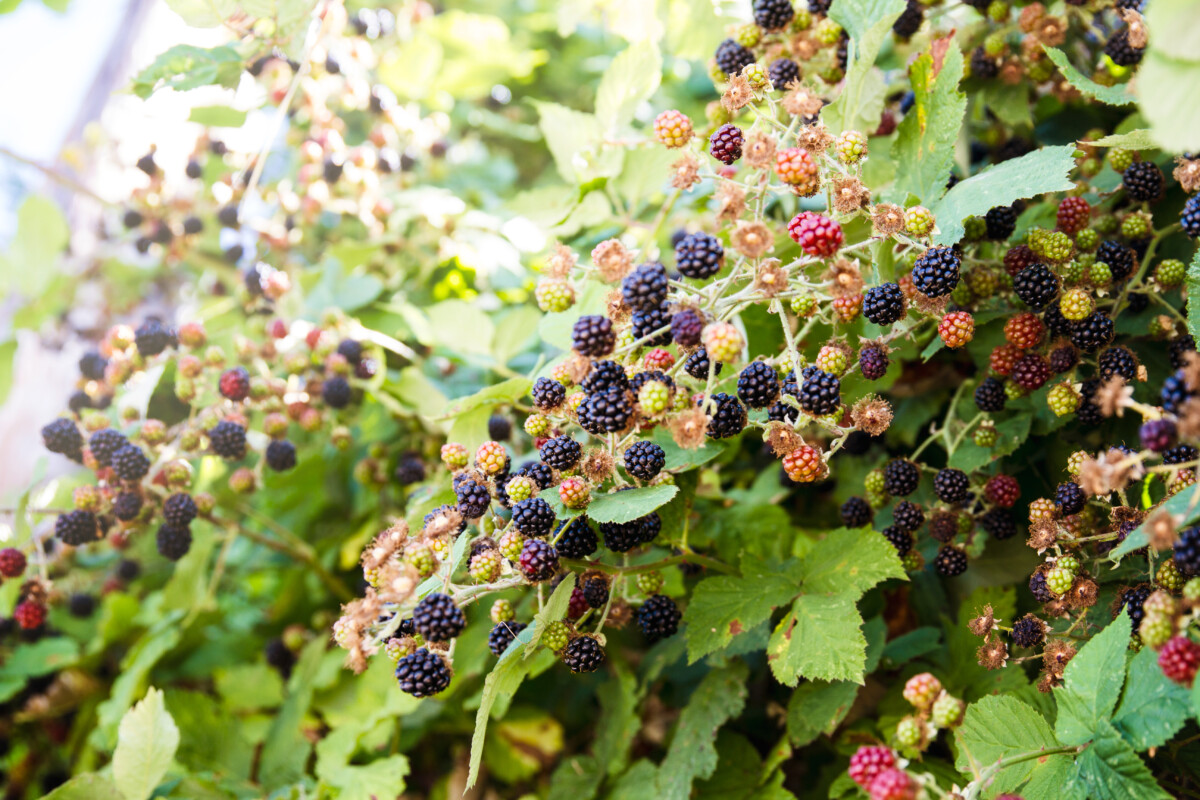
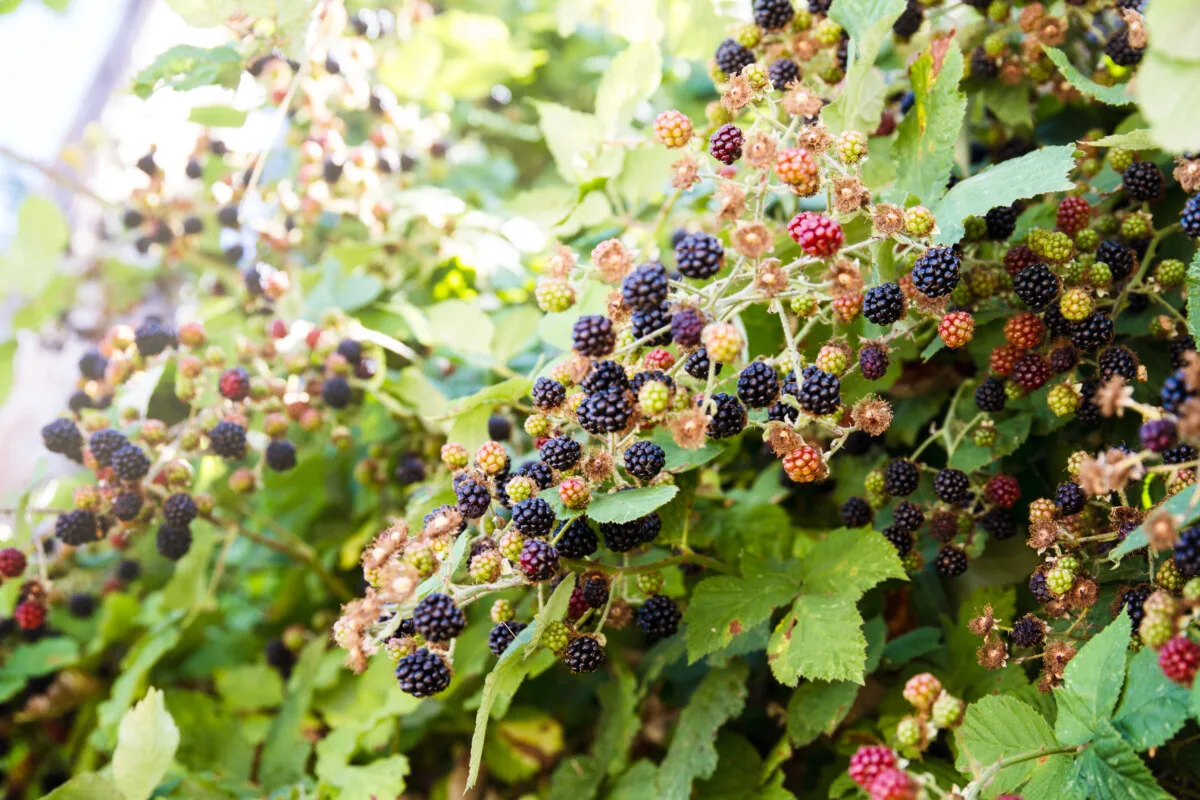
8. Boysenberry
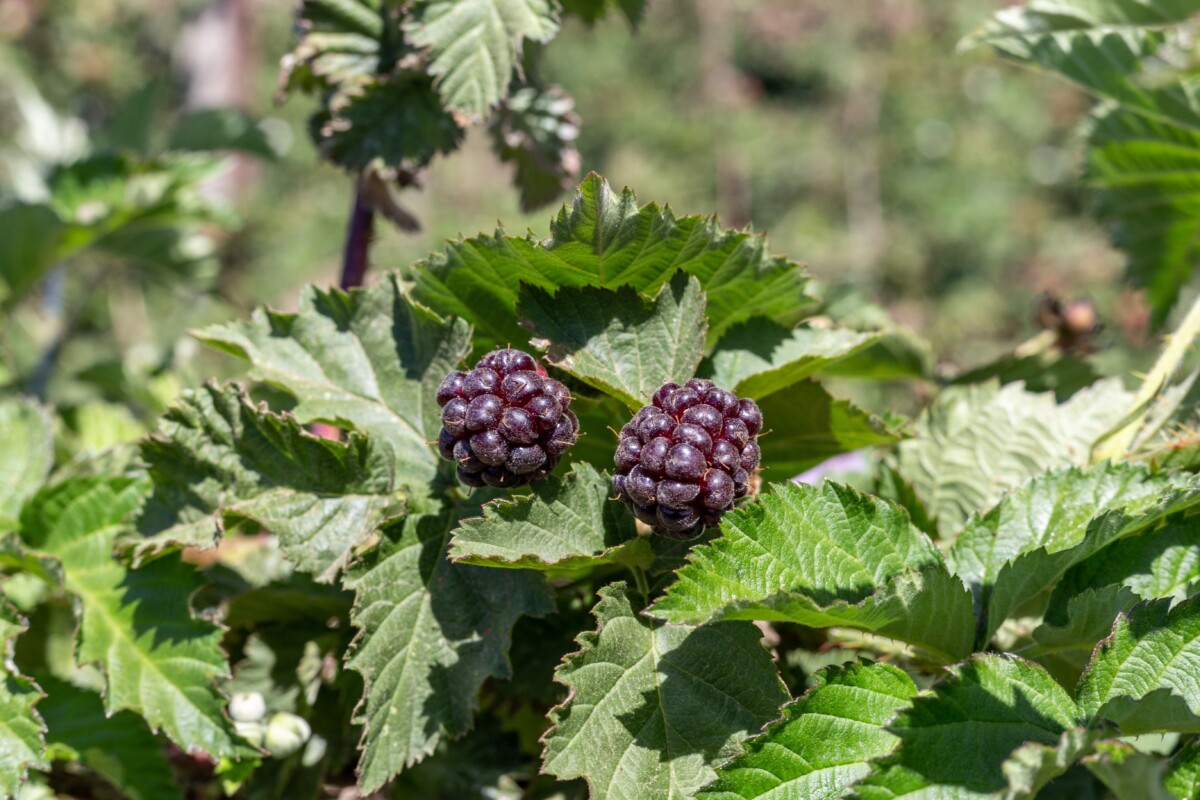
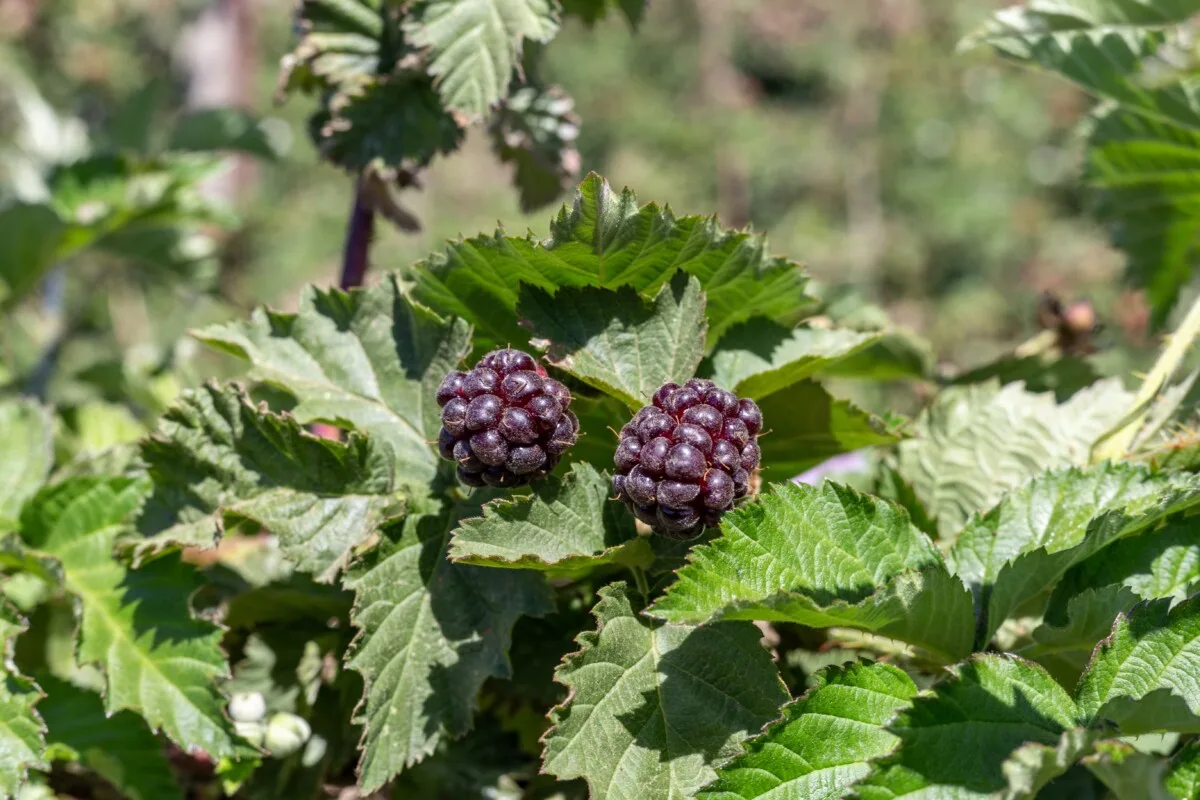
9. Black Raspberry
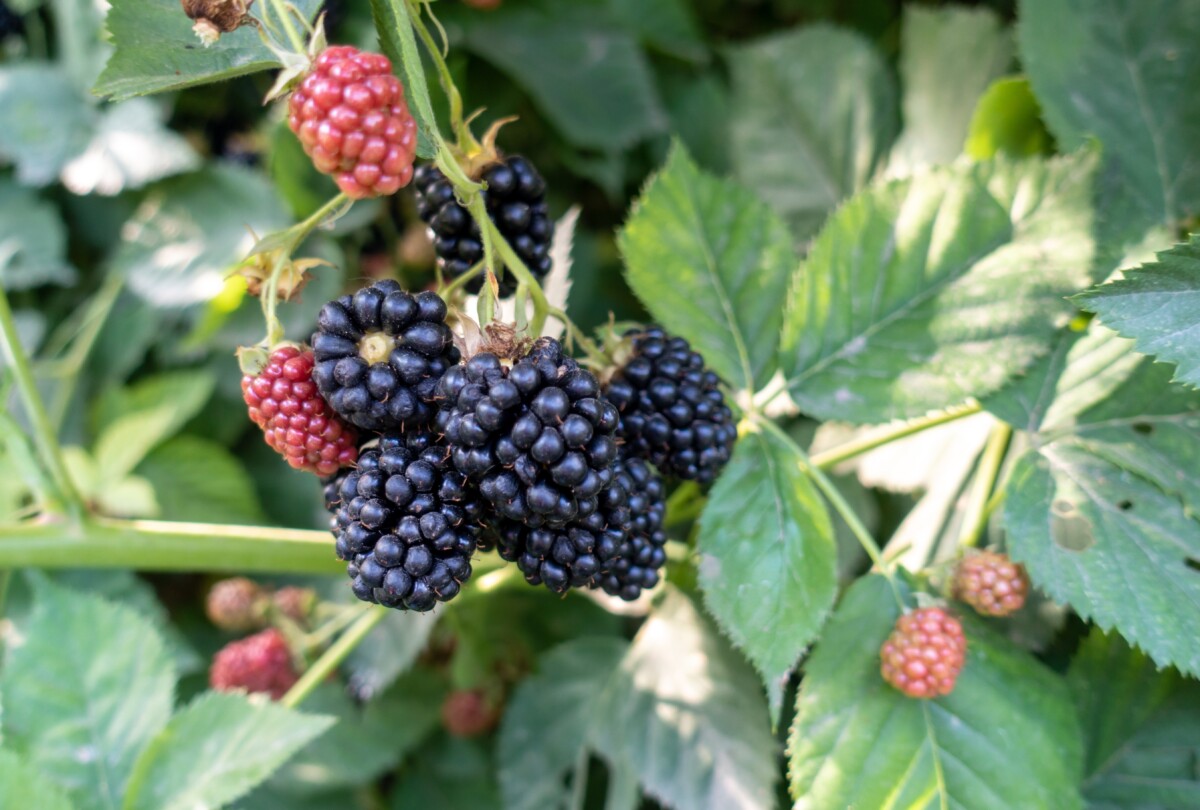
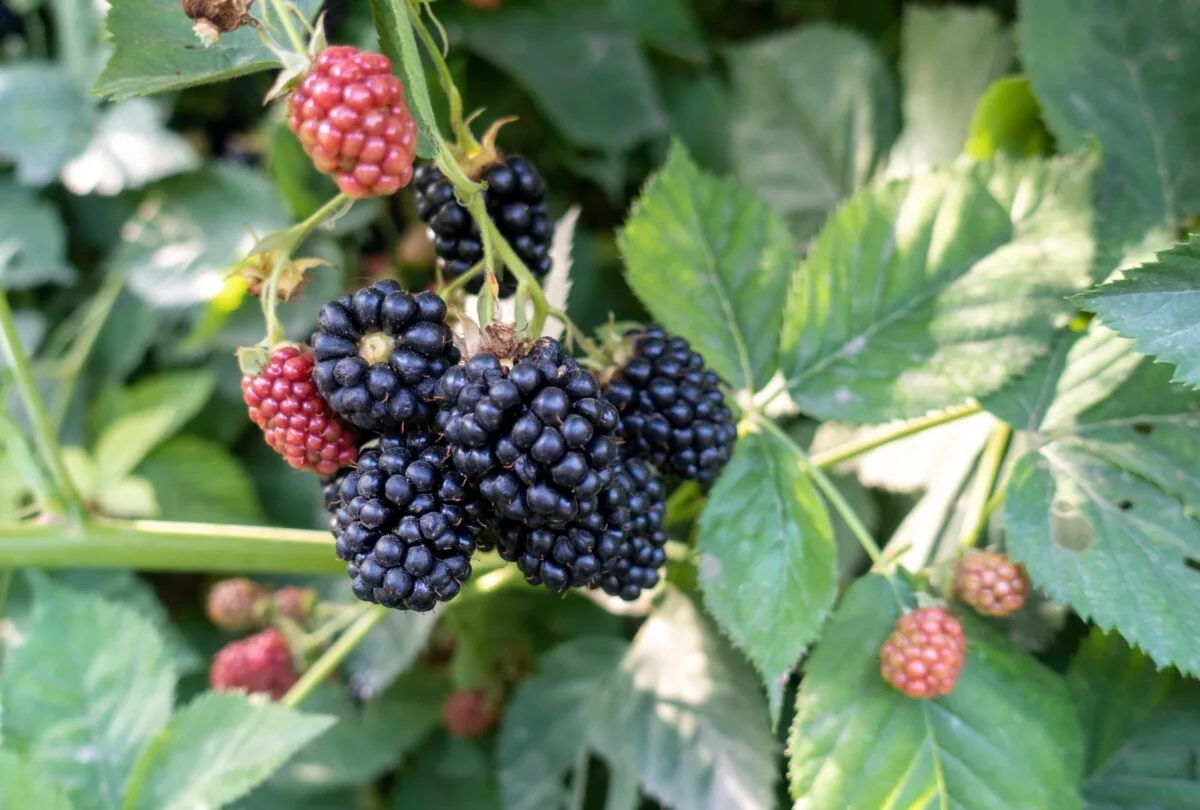
You’ll need to know in case your berries are primocane or floricane-fruiting varieties.
10. Blueberries
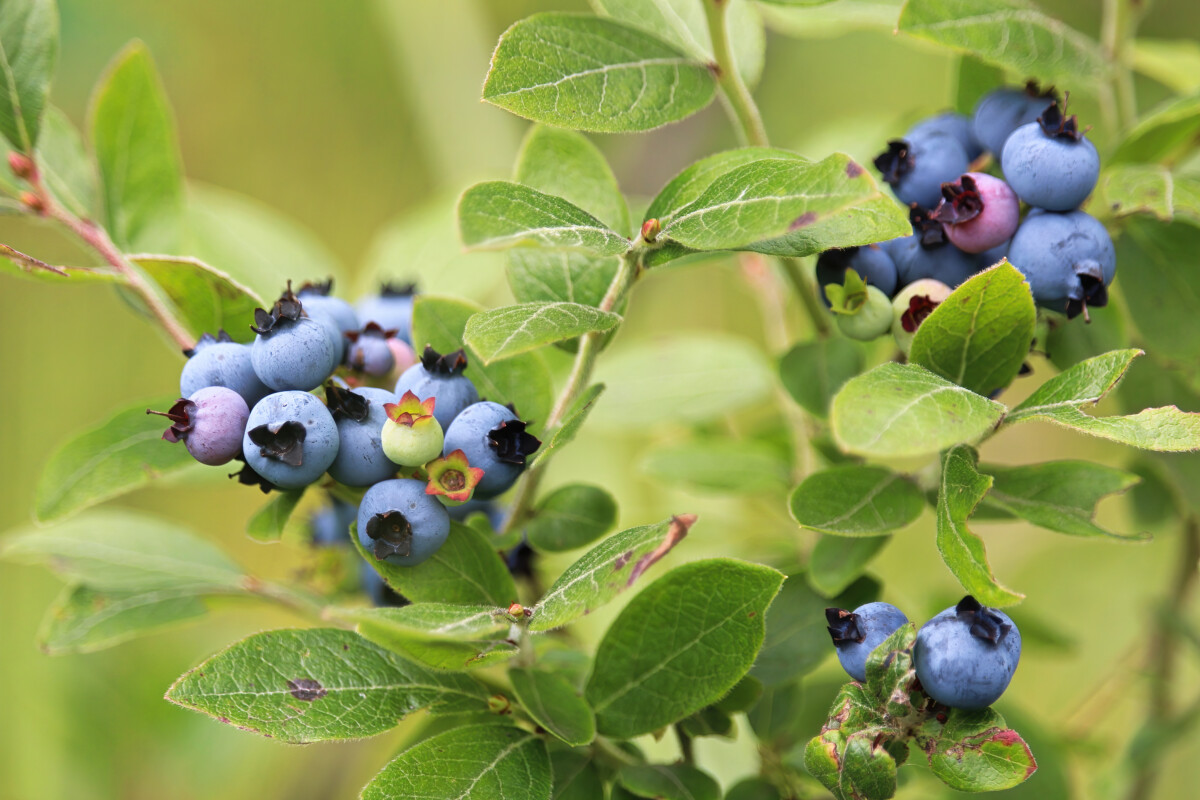
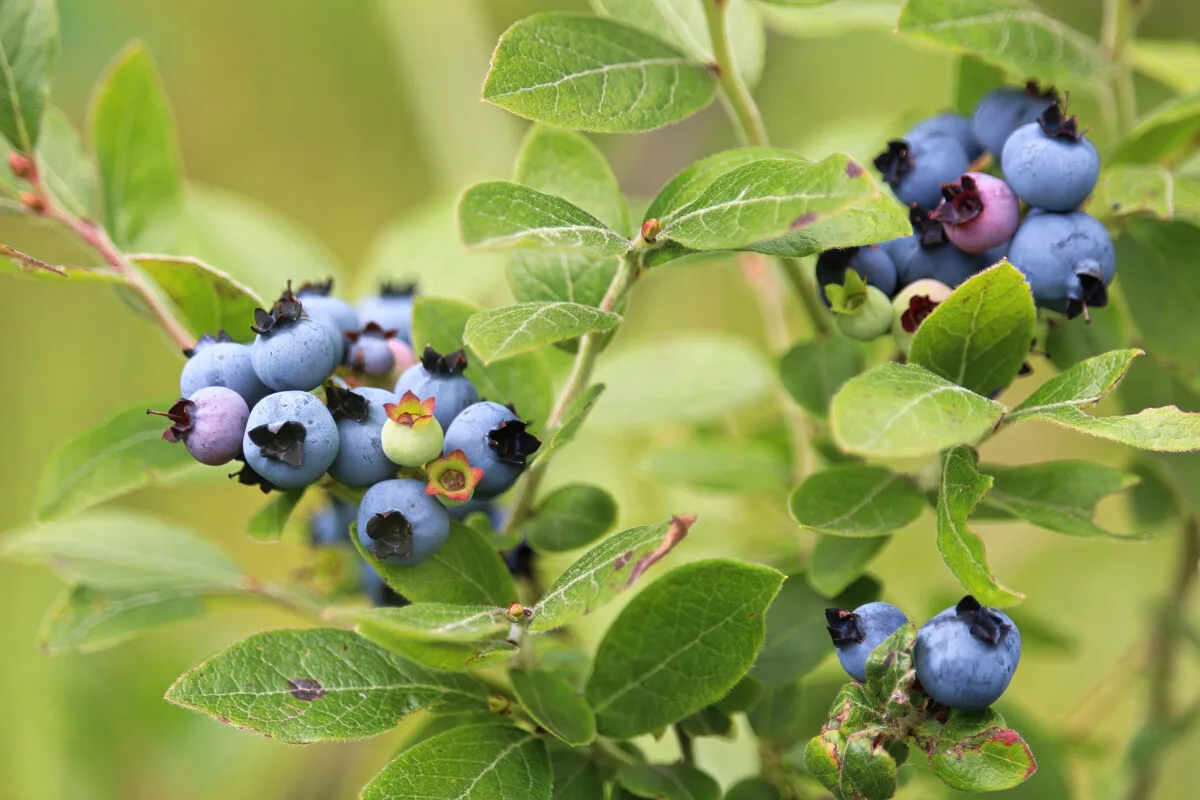
Blueberries will solely produce fruit on branches which might be no less than a yr outdated. New buds are set in late summer time or early fall. Prune each excessive and lowbush blueberries in late winter whereas the plant is dormant, eradicating any lifeless or broken wooden and thinning to stimulate new development.
Veggies That Shouldn’t Be Pruned in Spring
As a rule of thumb, you shouldn’t prune perennial veggies within the spring. You could find yourself decreasing your harvest when you do.
11. Artichoke
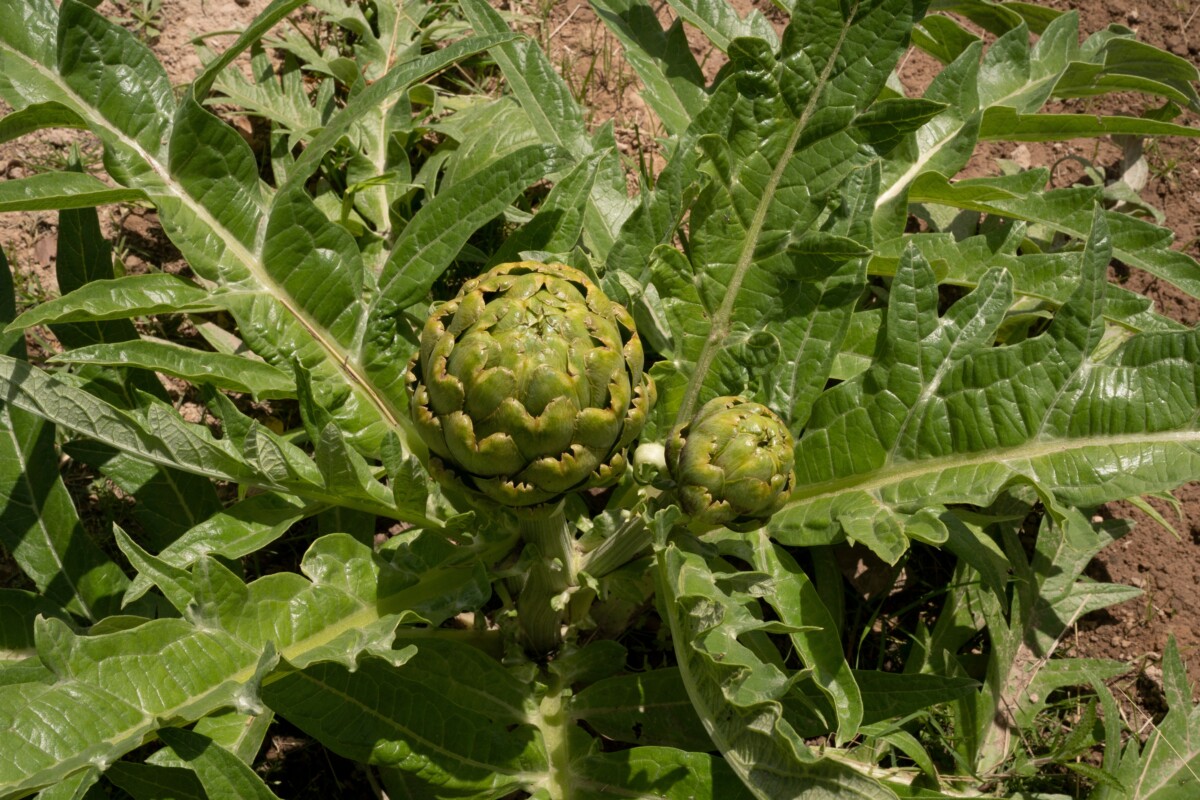
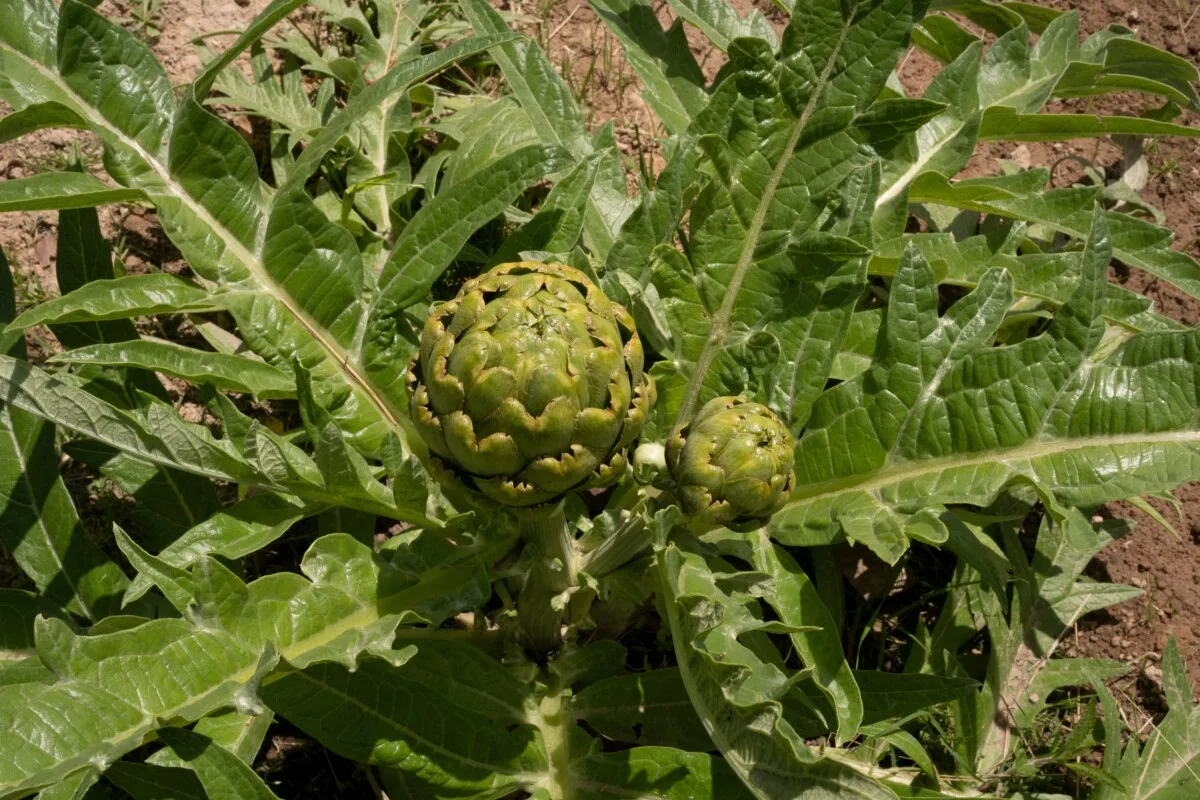
Artichokes are literally edible flowers. Their tasty buds are the a part of the plant we take pleasure in dipped in butter. New buds emerge in late spring or early summer time. Harvest artichoke buds earlier than they open, and prune again the plant after harvesting to encourage new development.
12. Asparagus
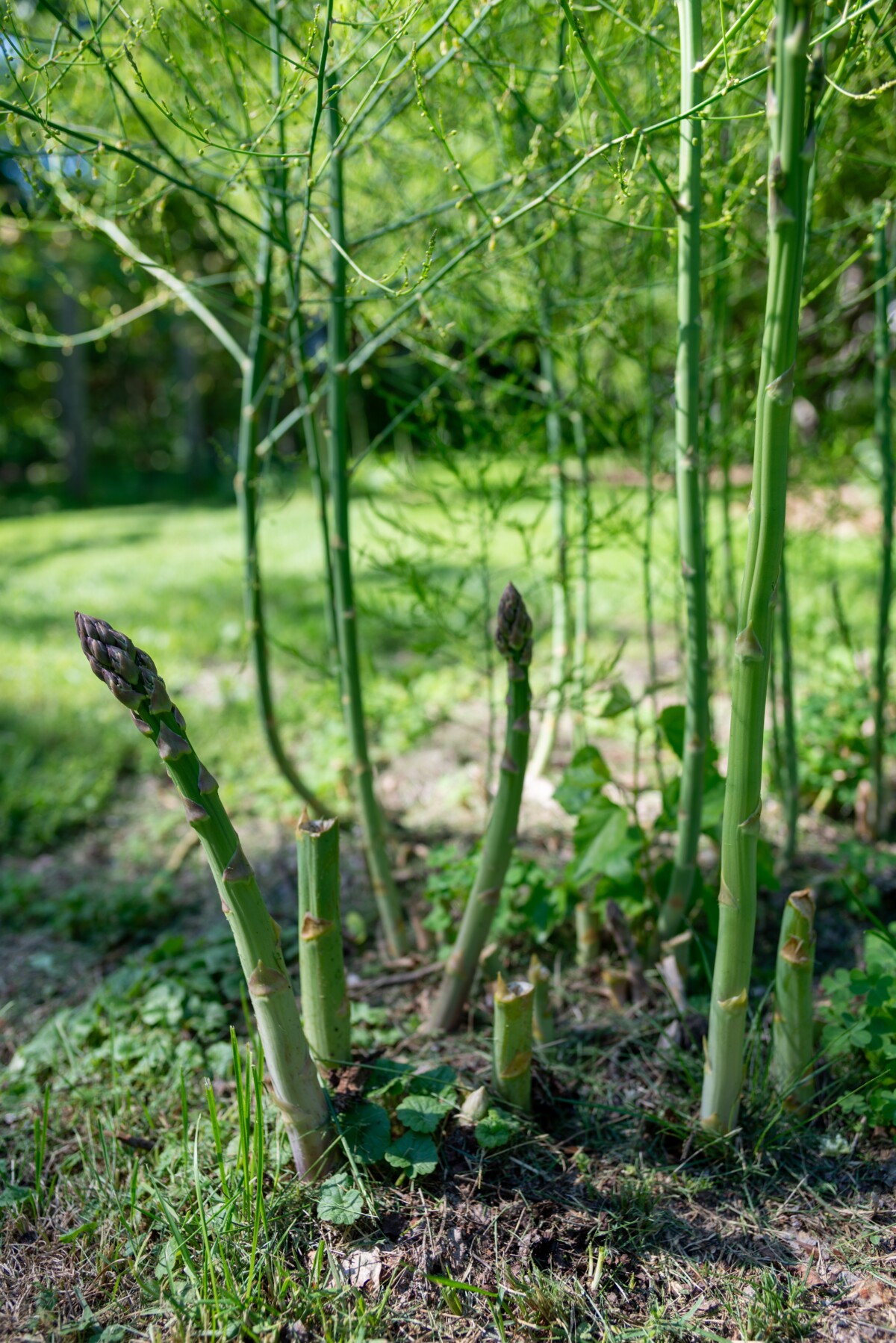
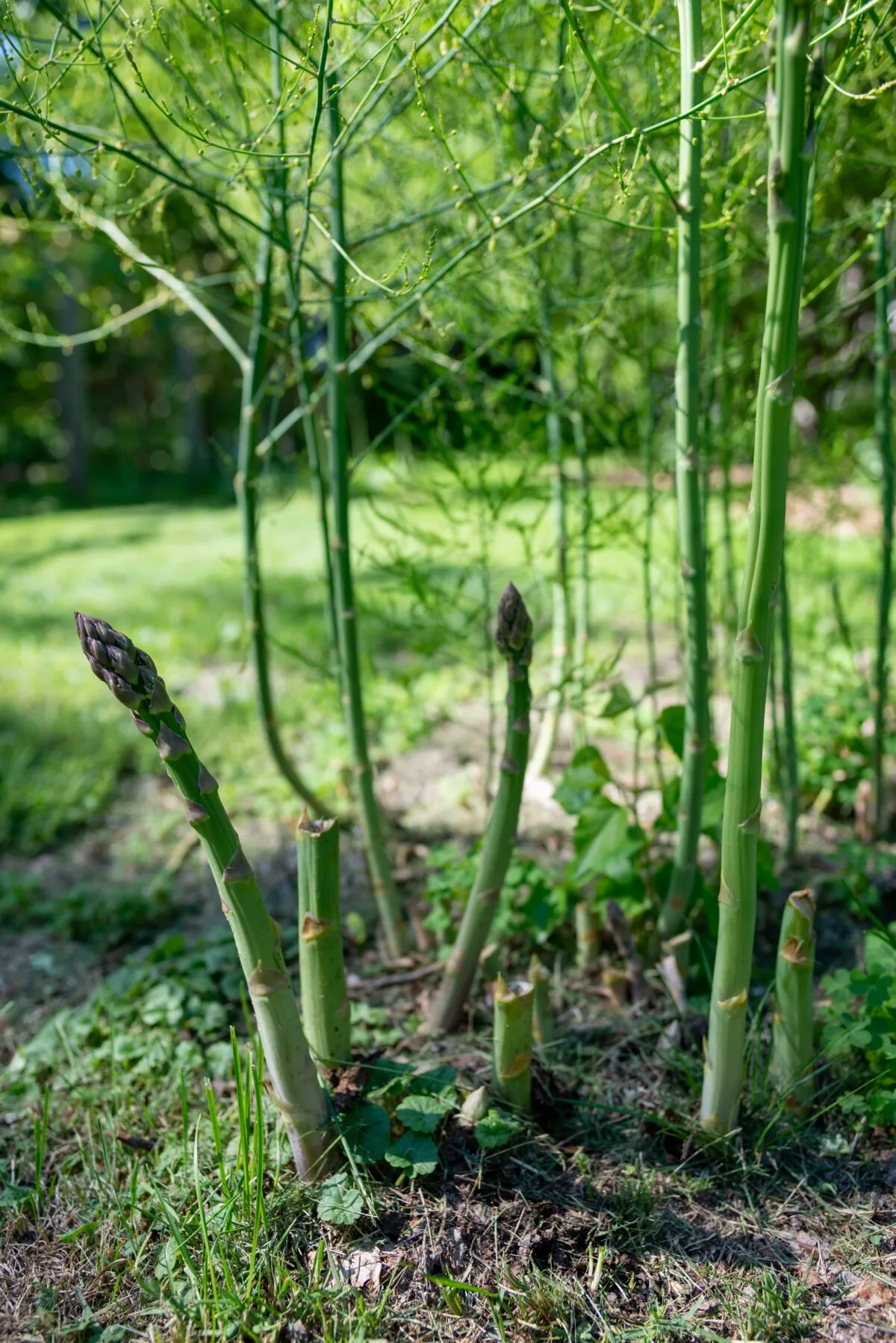
Everybody’s favourite spring veggie – when you prune asparagus in spring it higher be to chop a number of spears for dinner. New shoots emerge in early spring. Harvest asparagus spears when they’re 6-8 inches tall, and prune again any yellow or lifeless foliage in late fall after the foliage has died again.
13. Rhubarb
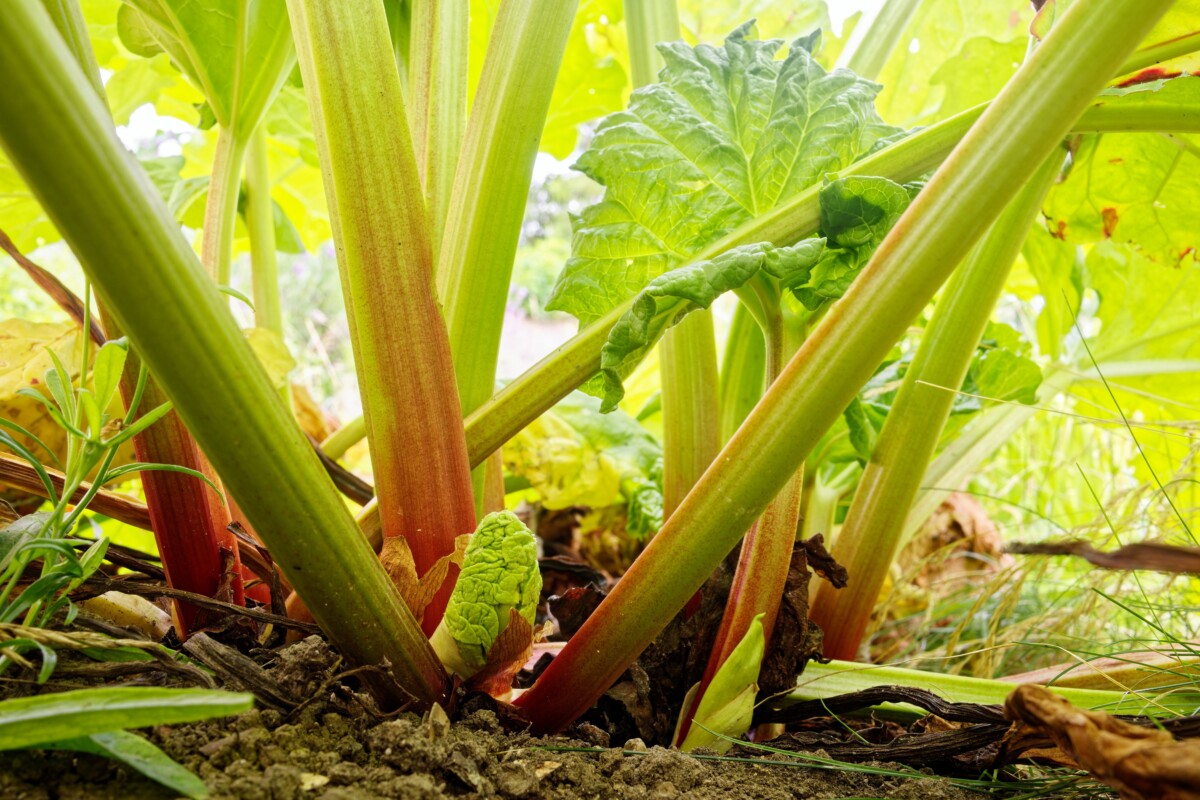
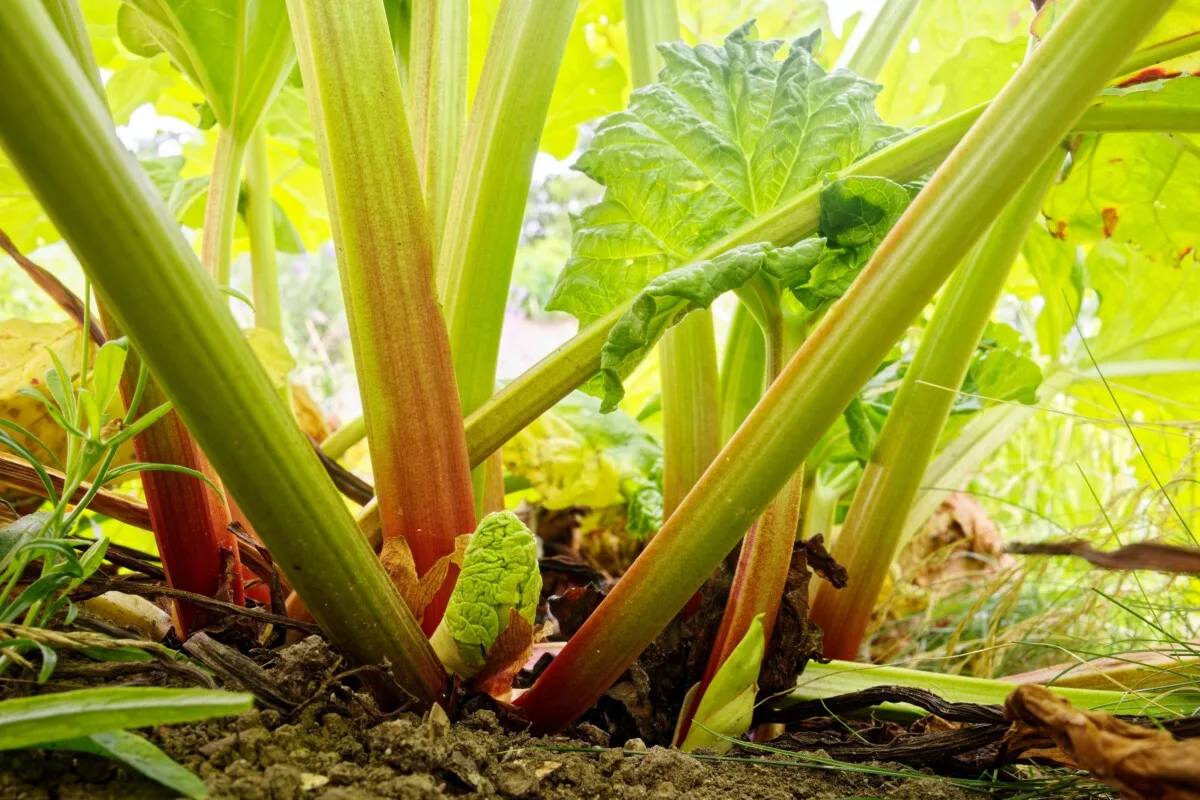
This perennial vegetable in addition to a perennial favourite, best-loved for its tart purple stalks. (Rhubarb custard pie, anybody?) Buds emerge in early spring. Harvest rhubarb stalks within the spring earlier than flowering, and prune any flower stalks that develop to encourage continued development. For sweeter stalks, strive forcing rhubarb.
Blooming Vegetation that Shouldn’t Be Pruned within the Spring
14. Azalea
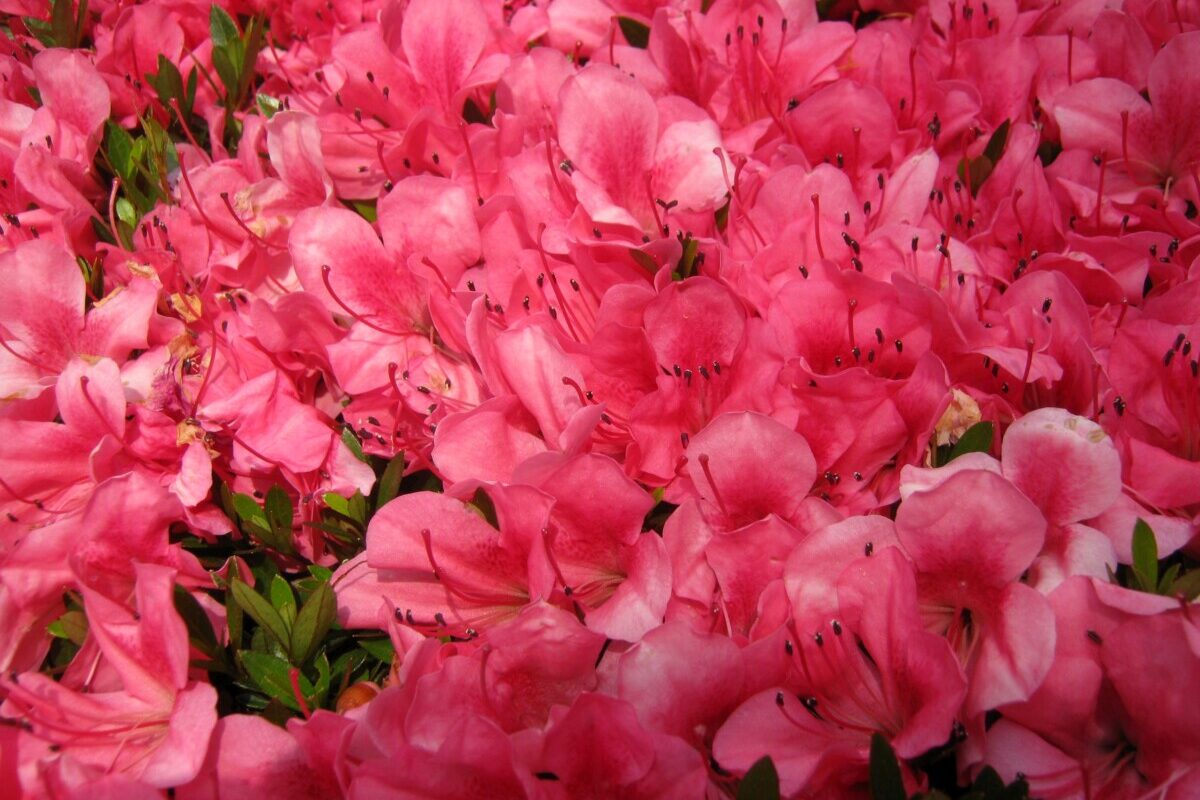
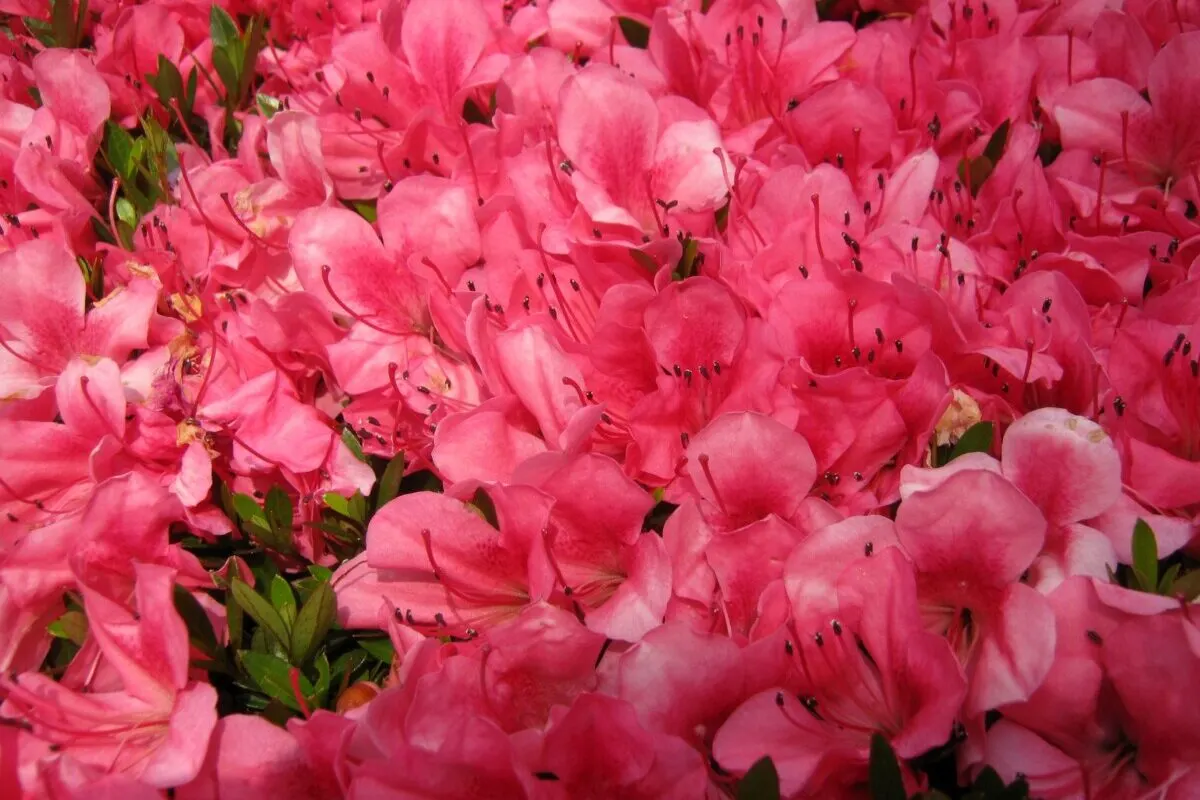
Azaleas are prized for his or her colourful blooms. Buds set in late summer time or early fall. Prune azaleas after flowering to keep up form and encourage new development.
15. Barberry, Evergreen
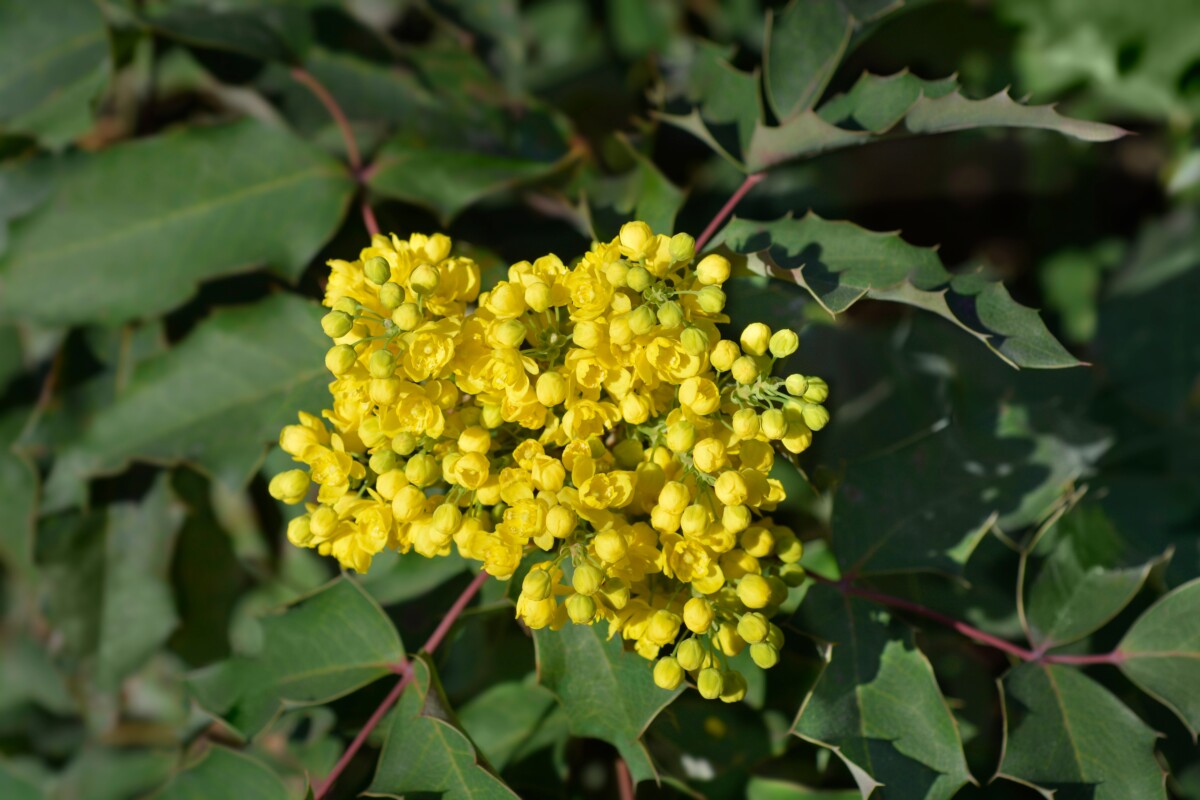
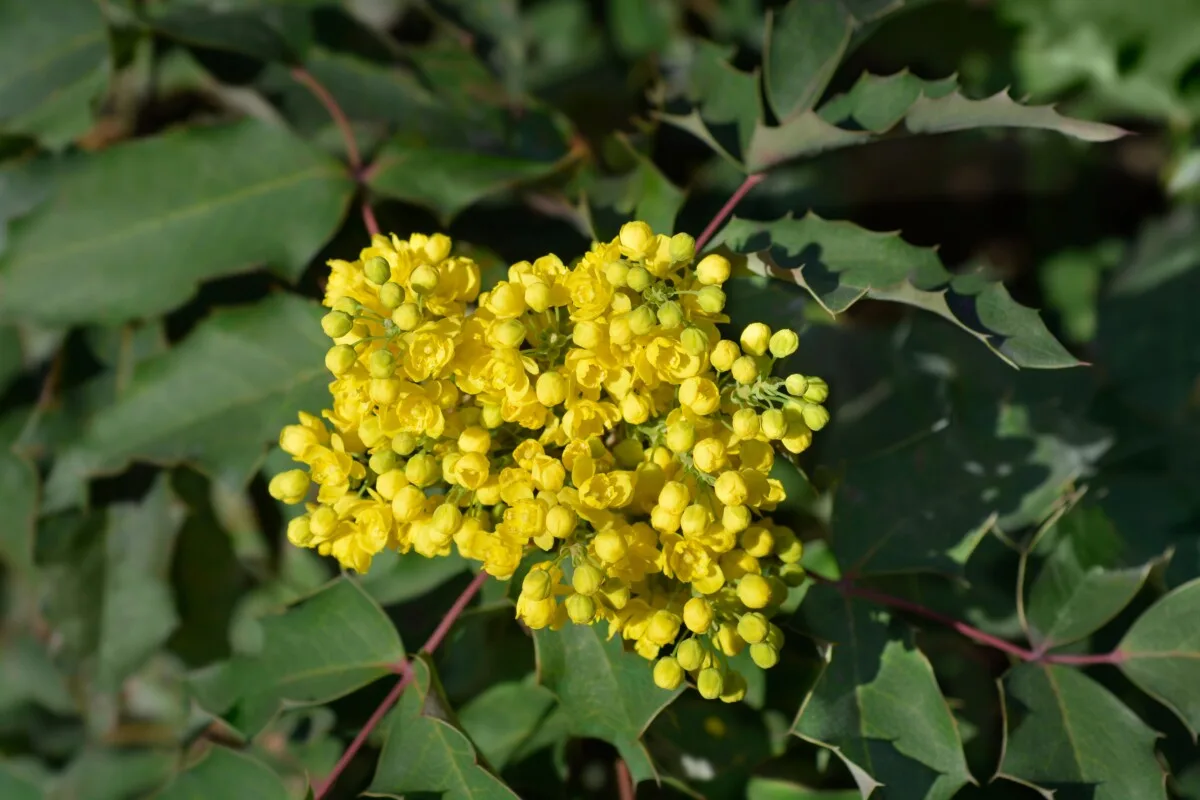
Evergreen barberry is a compact shrub with colourful foliage and spiny branches. Buds set in late summer time or early fall. Prune evergreen barberry in late winter to form the shrub and take away any lifeless or overcrowded branches. Ensure you put on thick, leather-based gloves whenever you prune.
16. Camellia (Camellia japonica)
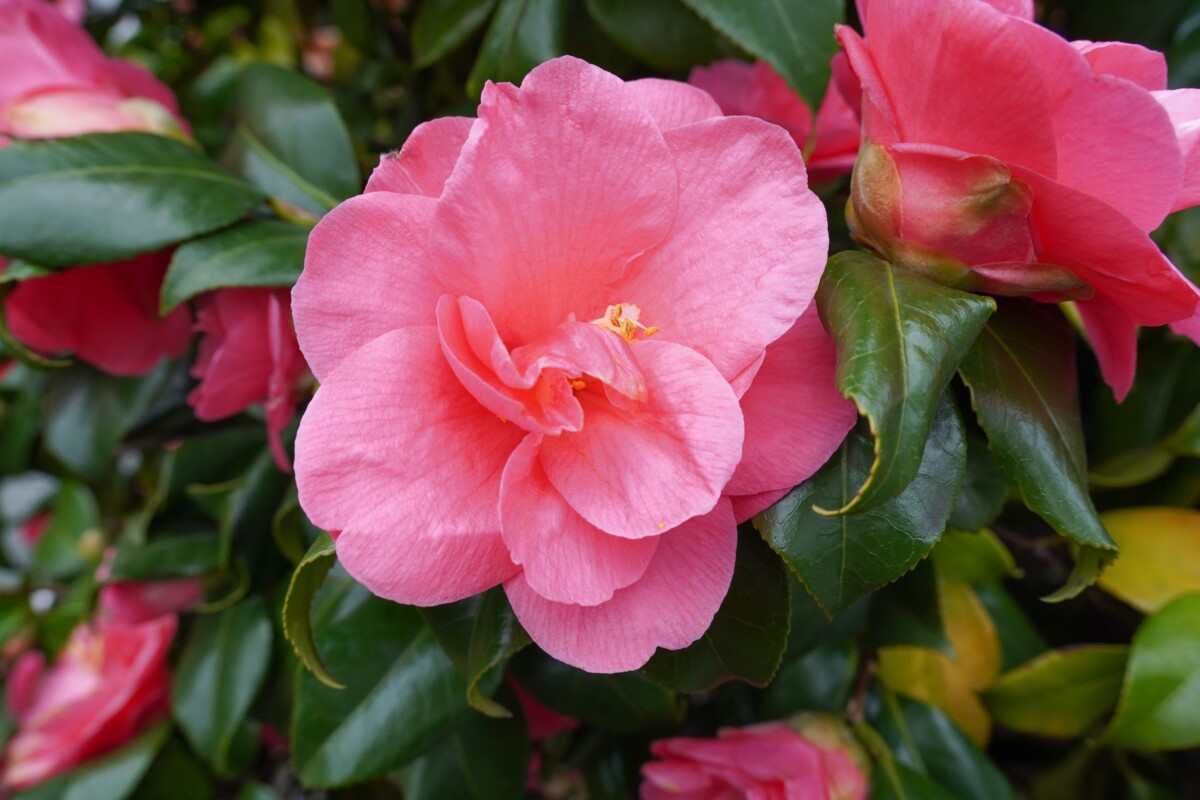
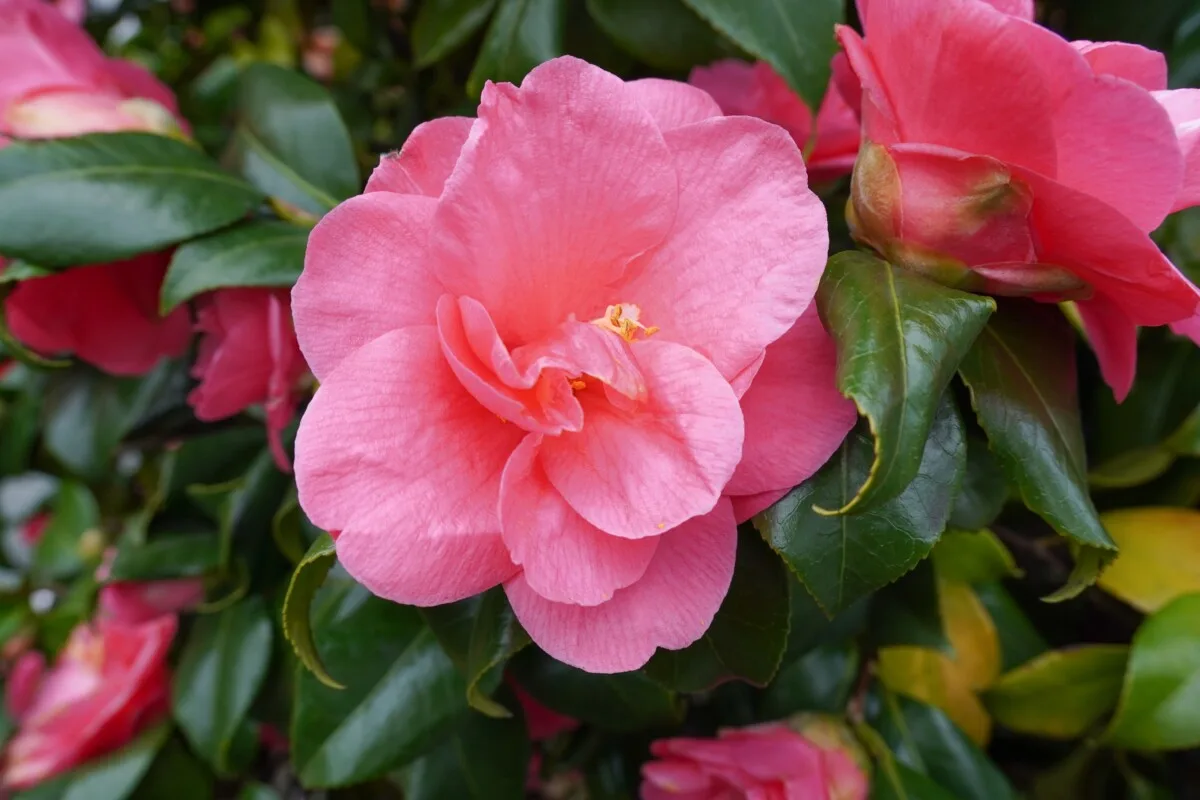
Camellias are evergreen shrubs or small timber with showy flowers. Buds set in late summer time or early fall. Prune camellias after flowering to form the plant and take away lifeless or diseased wooden.
17. Clematis – Early-Flowering (Group 1 Clematis)
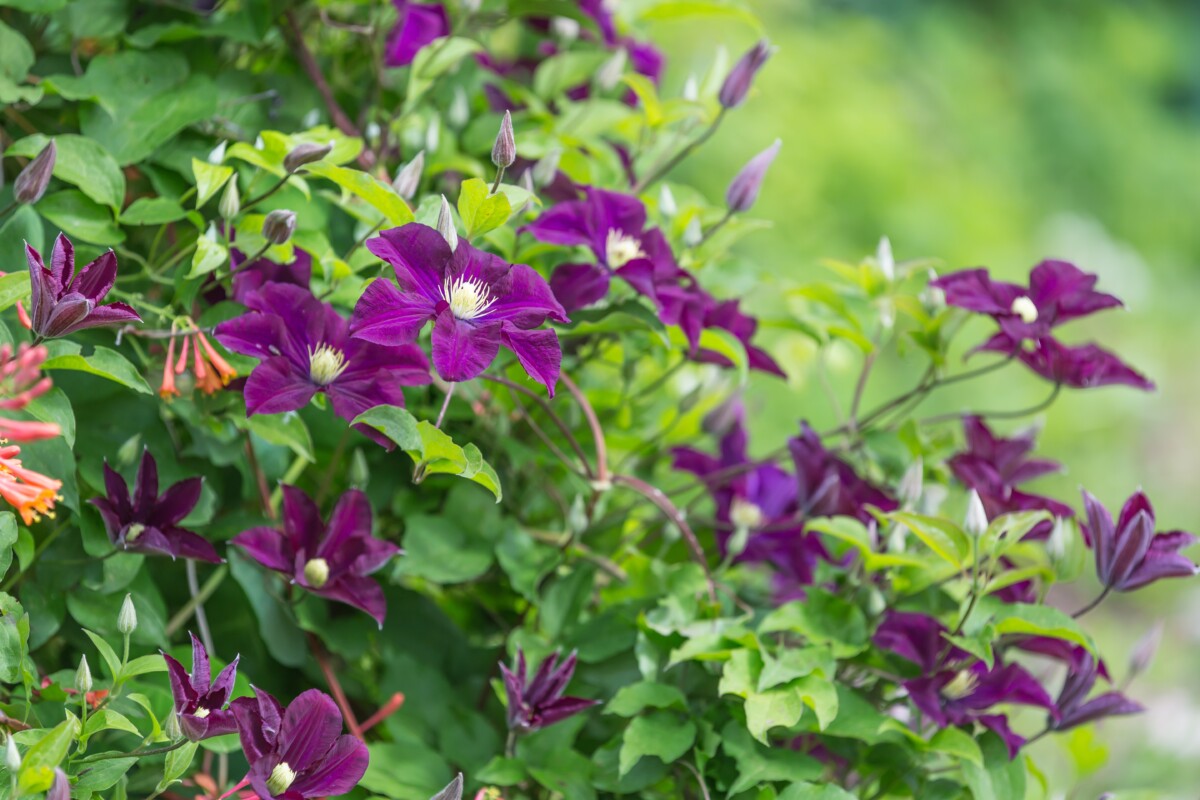
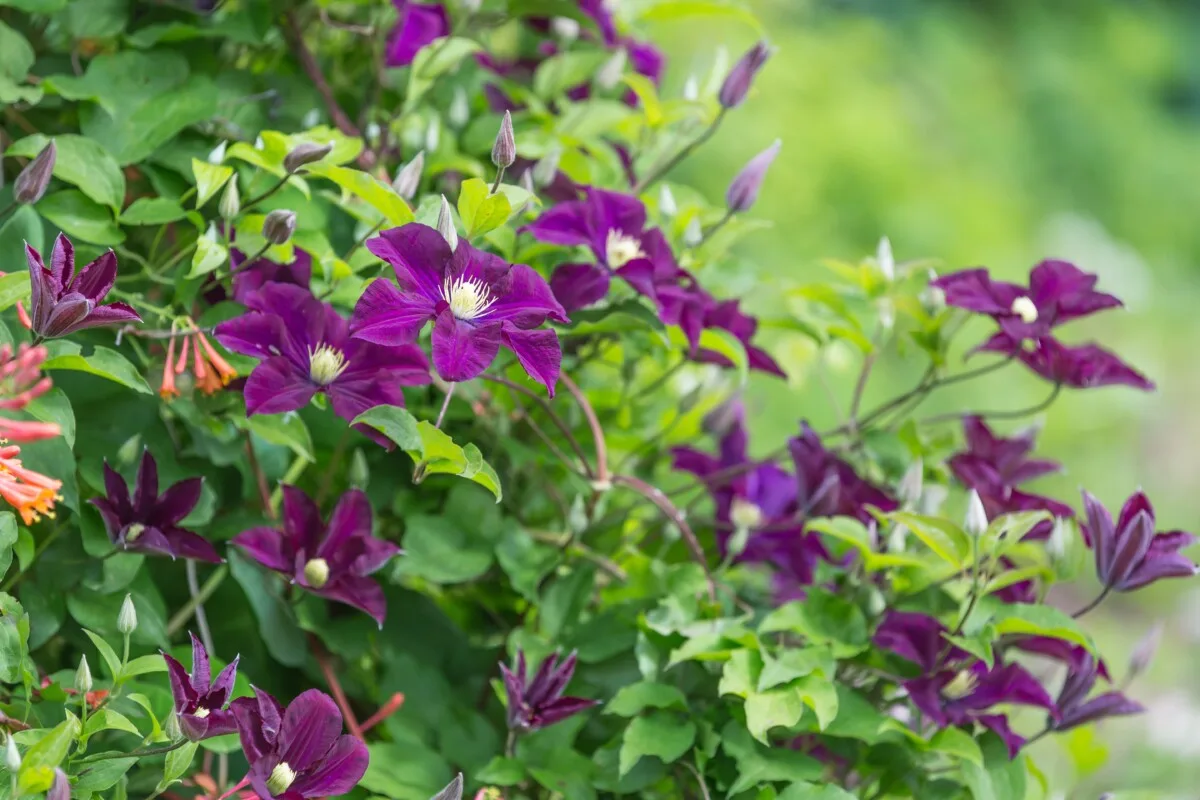
Group 1 Clematis varieties bloom on outdated wooden in early spring. Buds set in late summer time or early fall. Prune Group 1 Clematis instantly after flowering to form and take away lifeless or tangled development.
18. Cornel or Cornelian Cherry Dogwood (Cornus mas)
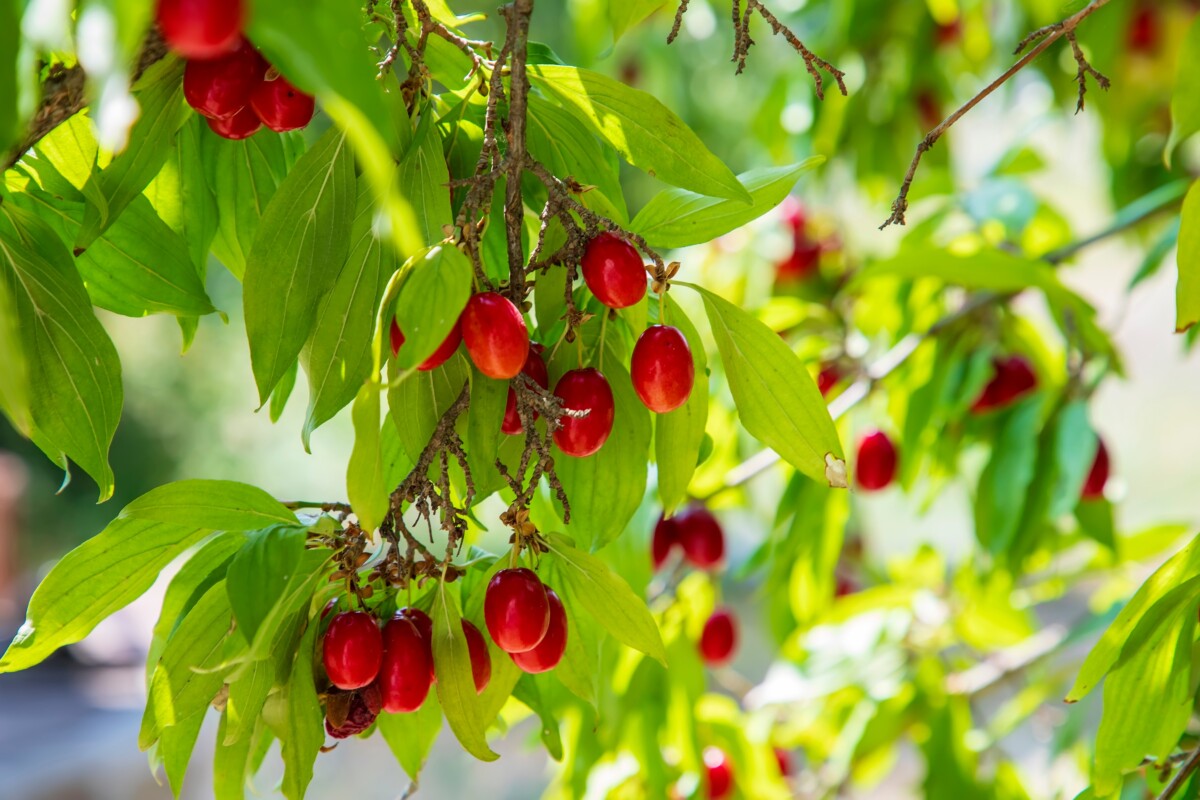
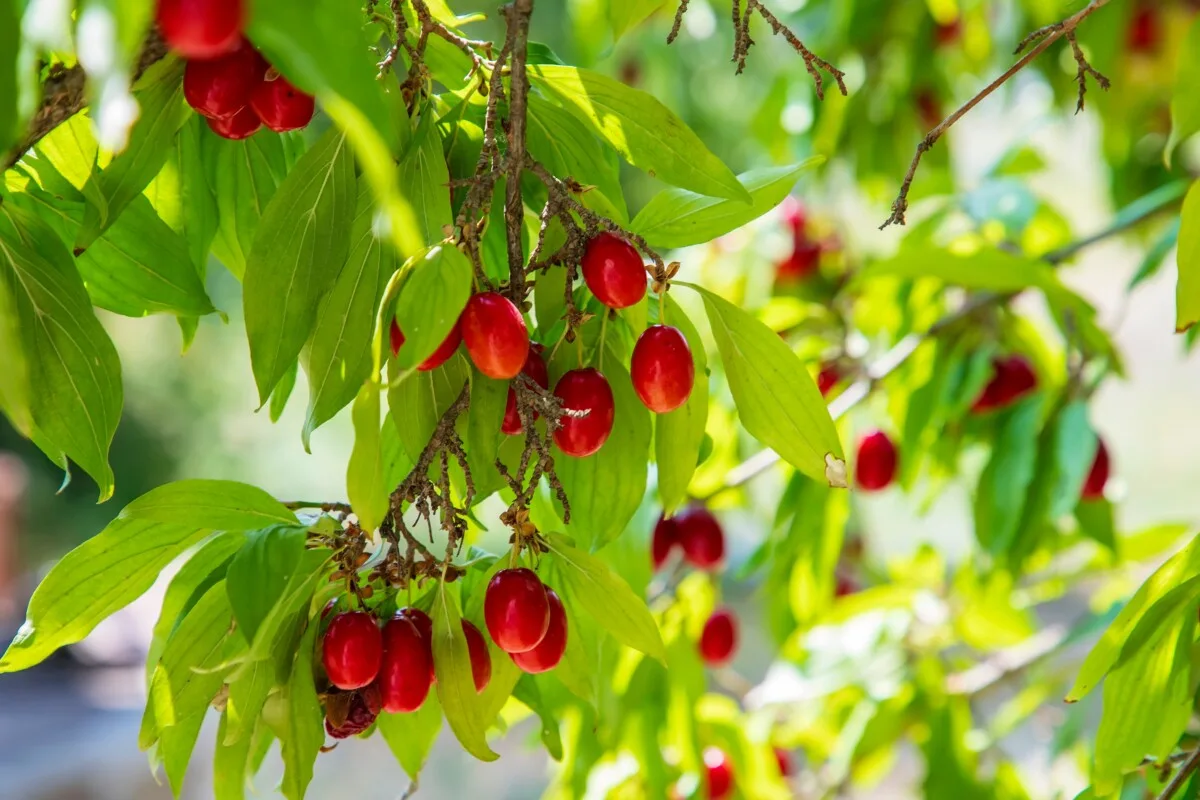
Cornel cherry dogwood is a small tree or massive shrub recognized for its early spring yellow flowers. Buds set in late summer time or early fall. Prune Cornel cherry dogwood in late winter whereas the plant continues to be dormant, eradicating lifeless or crossing branches and shaping as wanted.
19. Daphne (Daphne odora)
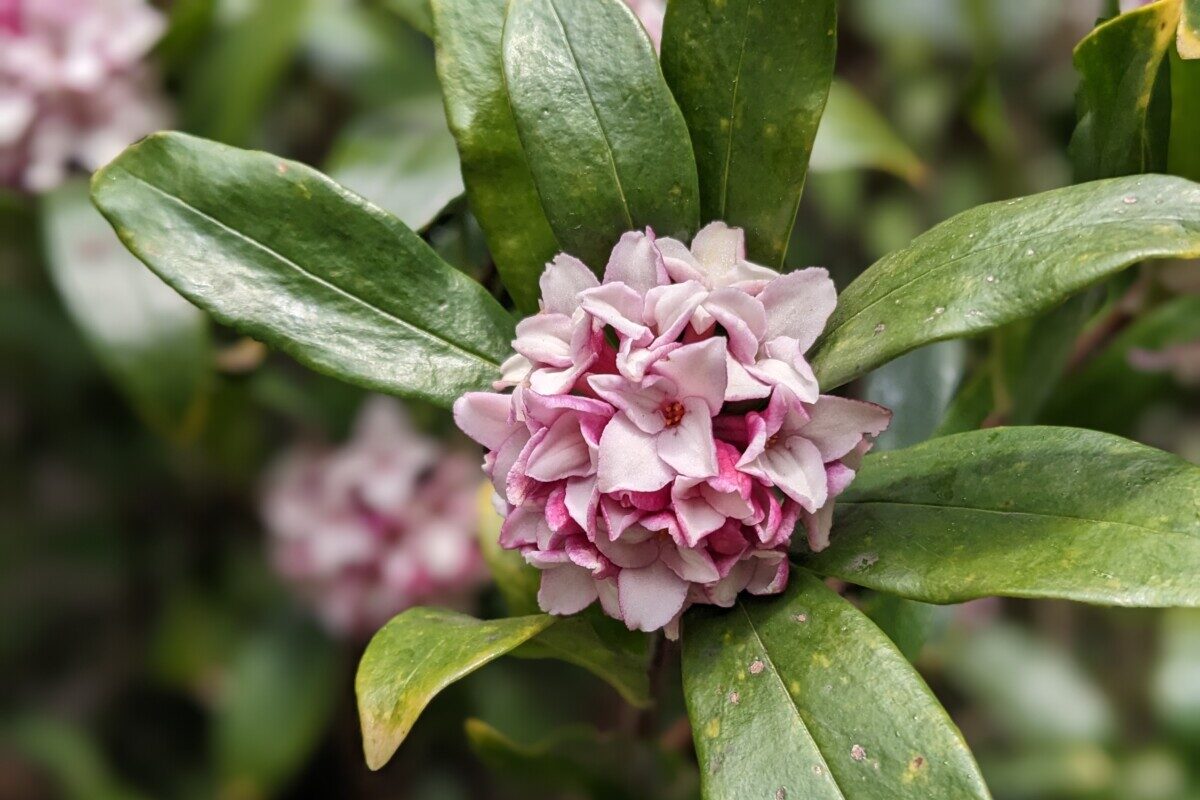
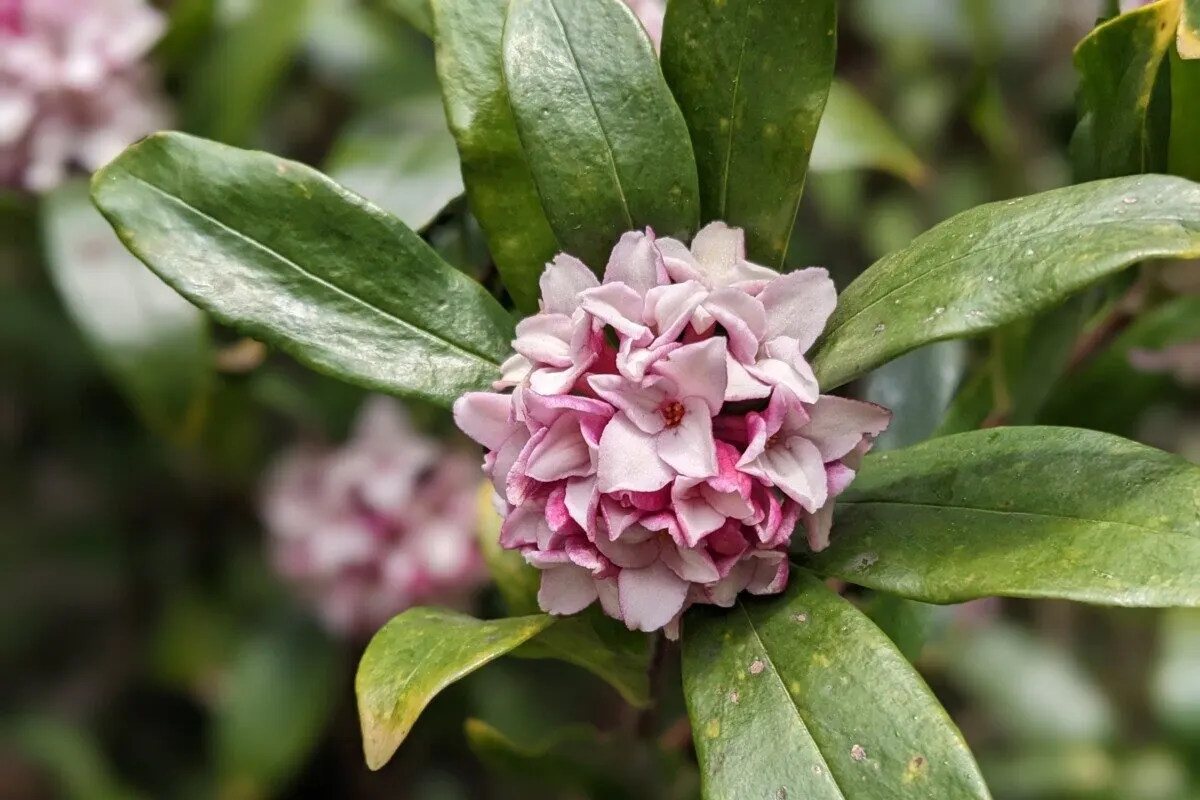
Daphne is a aromatic evergreen shrub with clusters of pink or white flowers. Buds set in late summer time or early fall. Prune daphne frivolously after flowering to form the shrub and take away any lifeless or crowded branches.
20. Deutzia
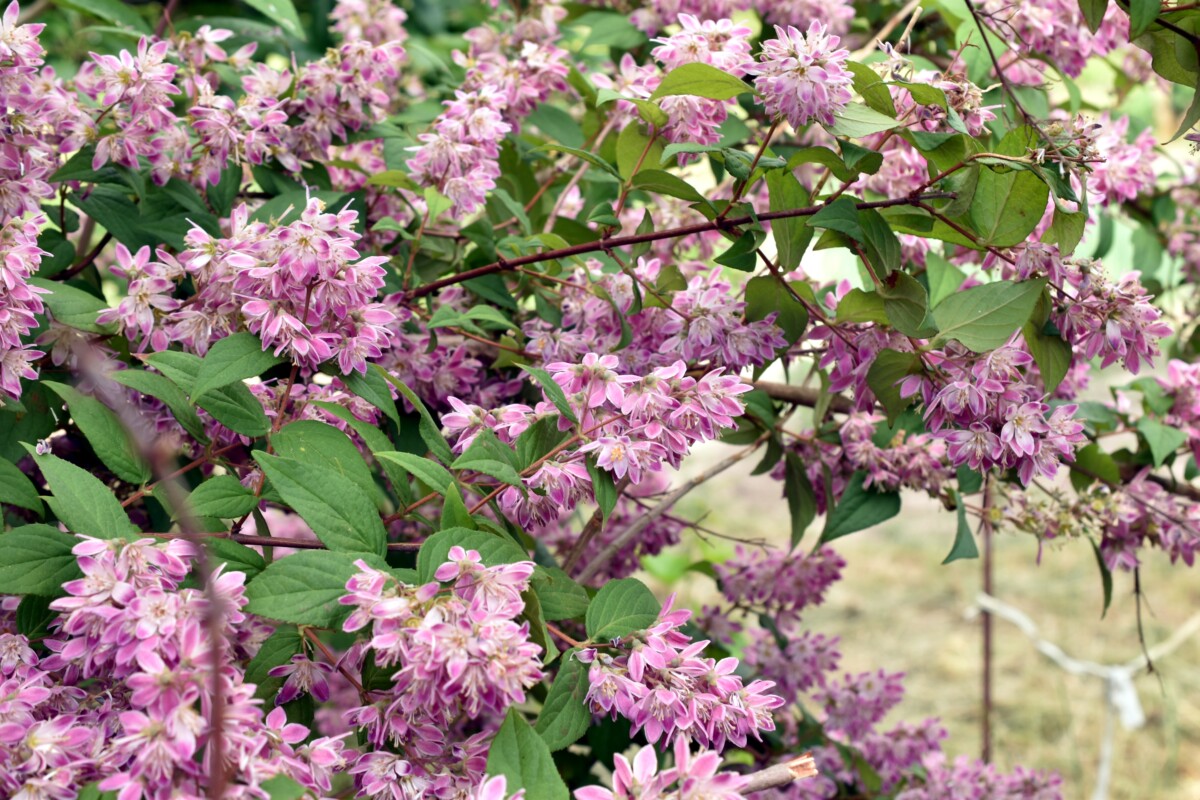
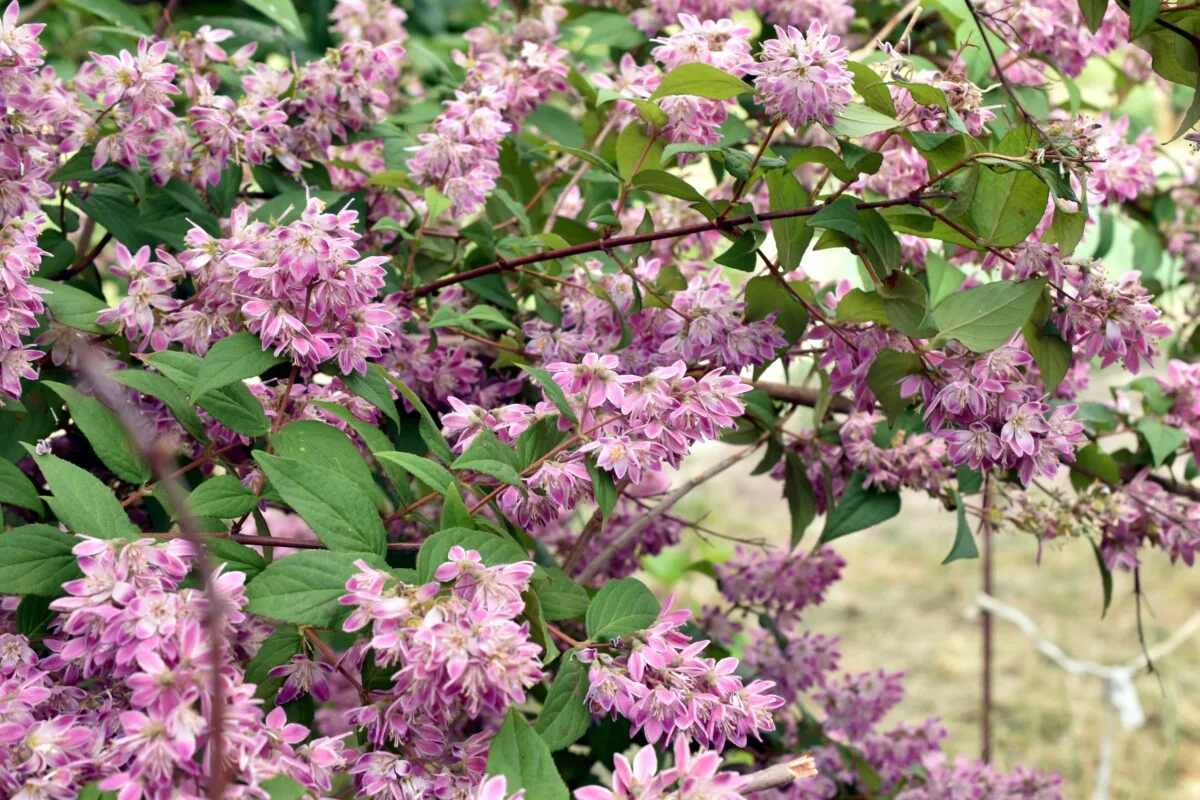
Deutzia is a deciduous shrub with delicate white or pink flowers. Buds set in late summer time or early fall. Prune deutzia after flowering to keep up form and take away outdated wooden that not produces blooms.
21. Flowering Quince
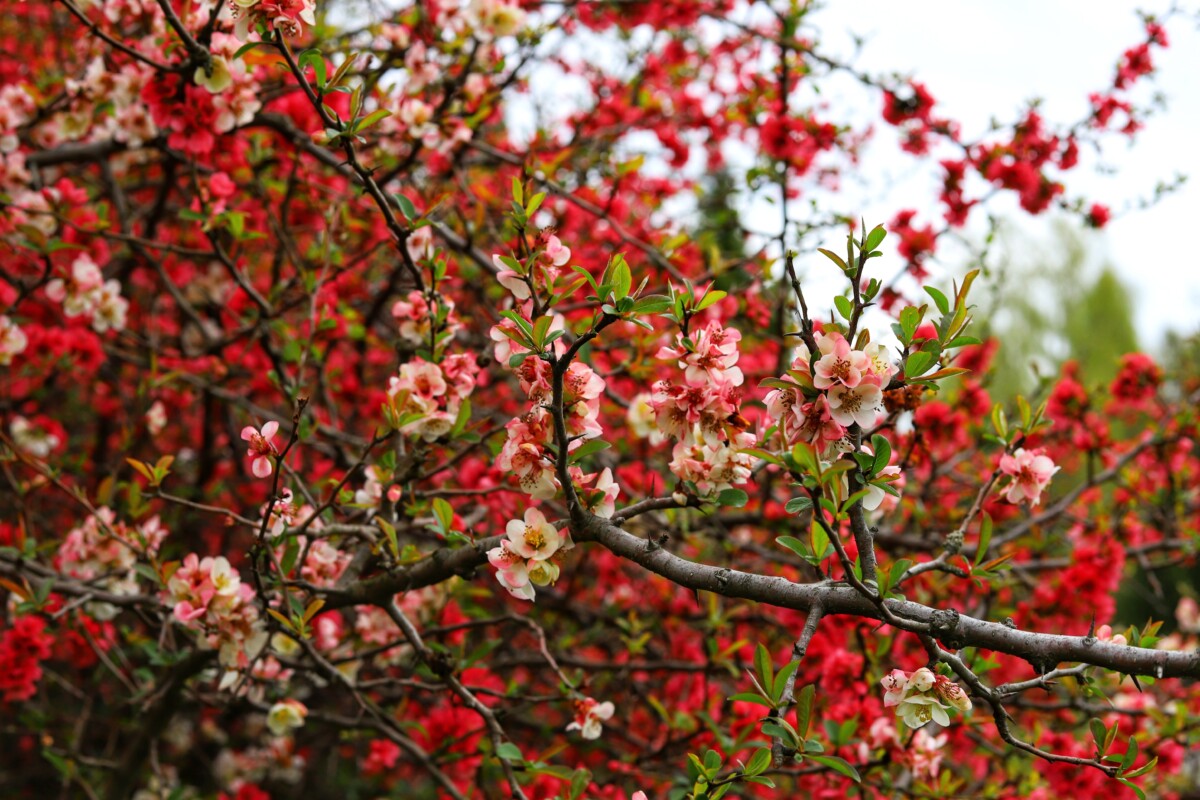
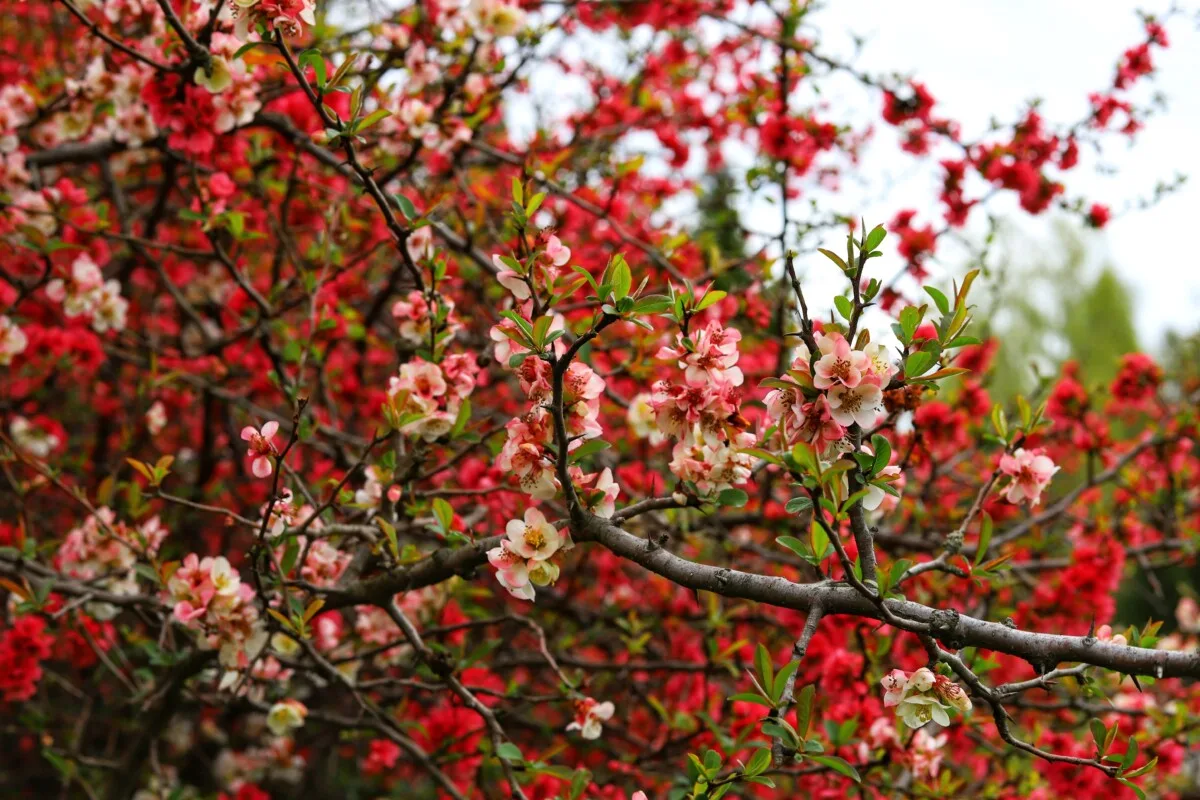
Flowering quince is a deciduous shrub with early spring blooms. Buds set in late summer time or early fall. Prune flowering quince after flowering to form the shrub and take away lifeless or weak branches.
22. Forsythia
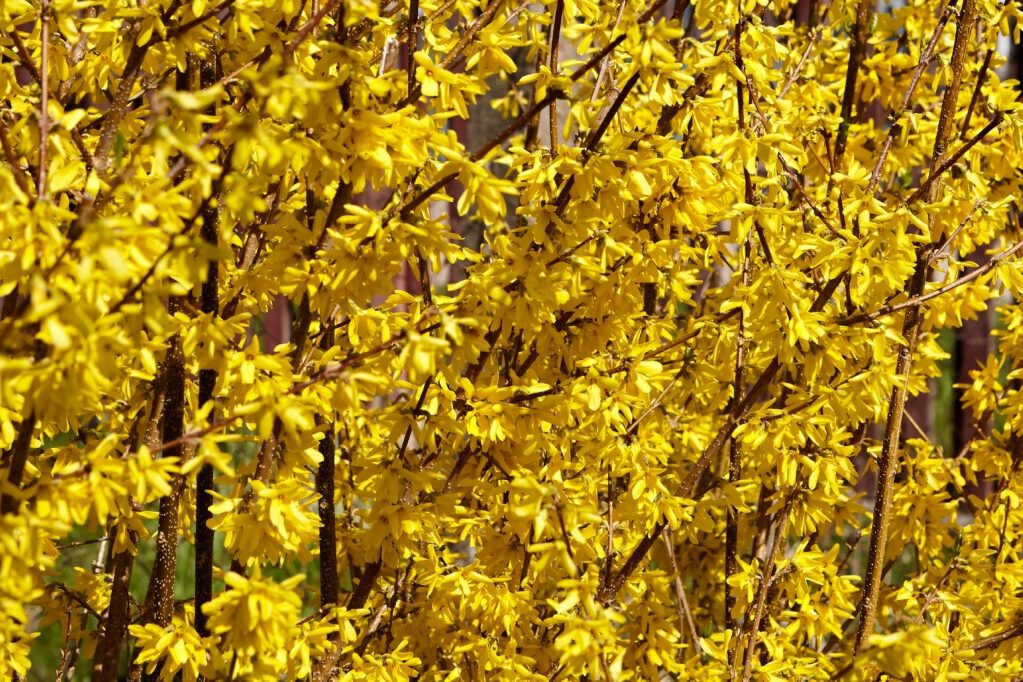
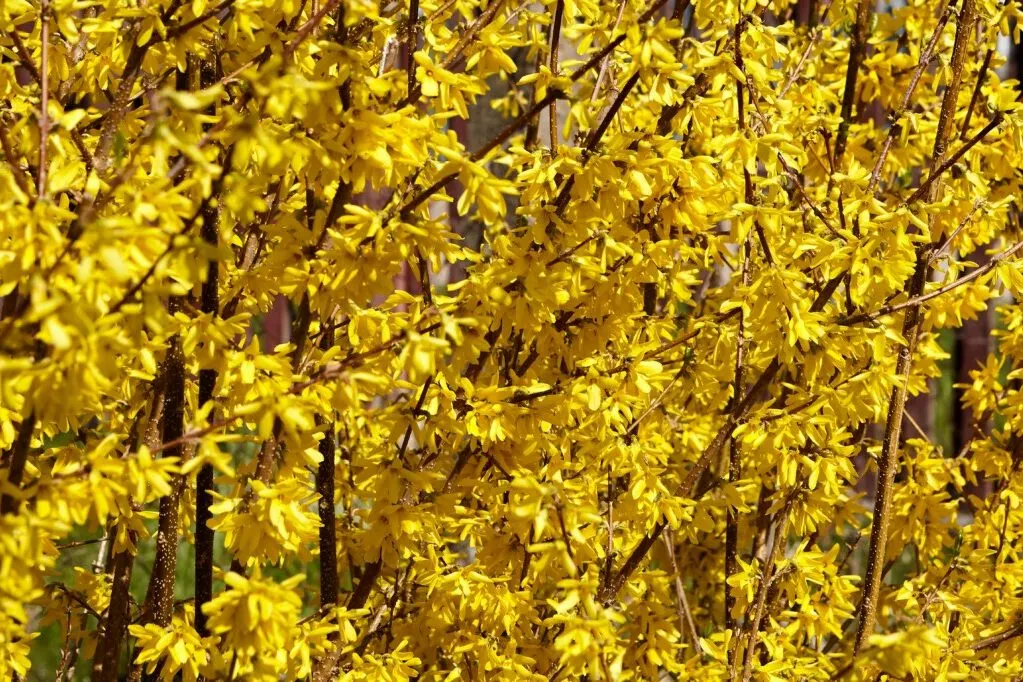
Forsythia are the harbingers of spring, with their vibrant yellow blooms. Buds set in late summer time or early fall for the next spring. Prune forsythia after flowering to regulate dimension and form.
23. Hydrangea macrophylla (Massive leaf hydrangea)
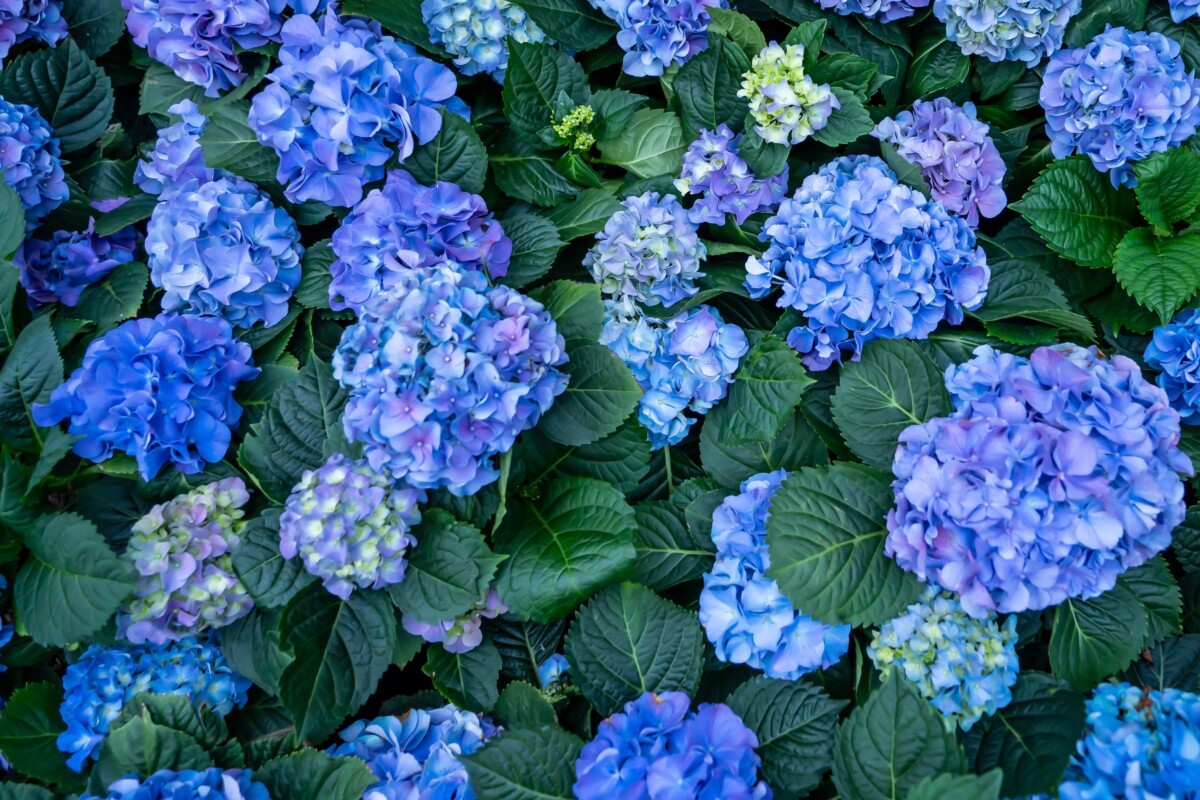
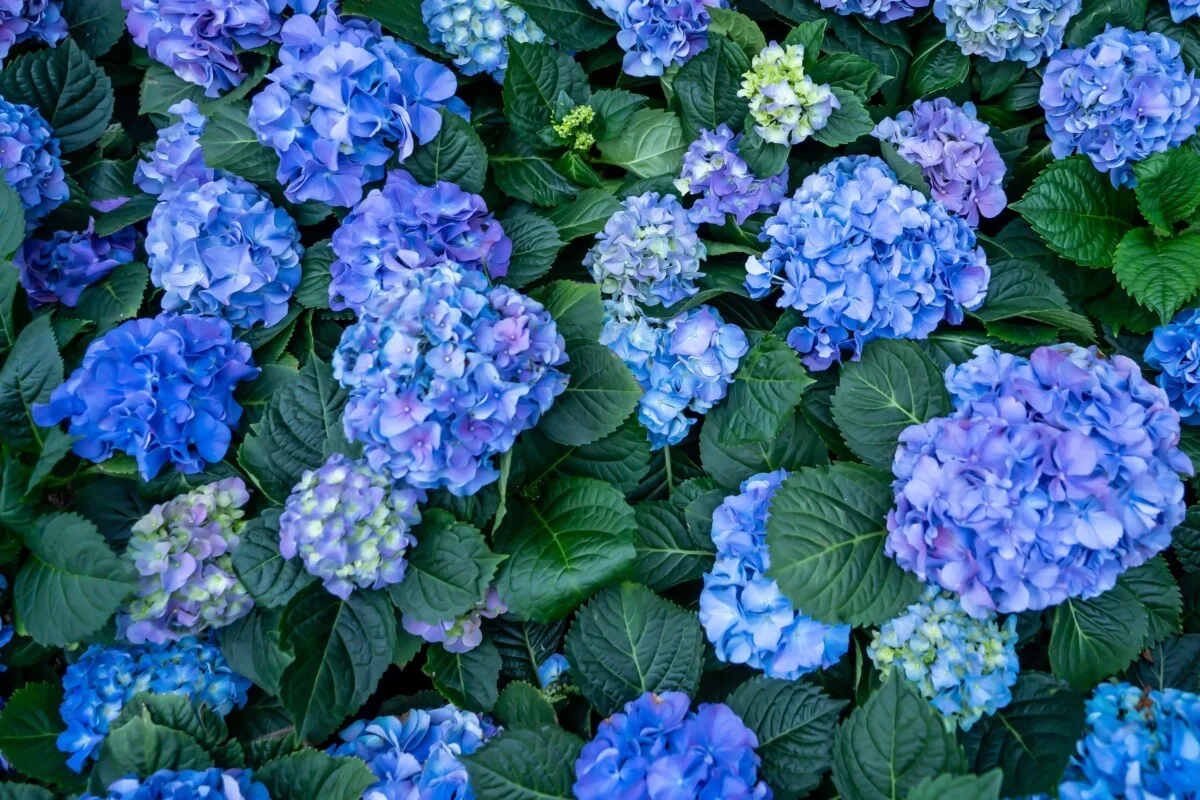
These hydrangeas are recognized for his or her massive, showy blooms. Buds set in late summer time or early fall. Prune hydrangea macrophylla instantly after flowering to form the shrub and take away outdated wooden.
24. Orange Ball Tree
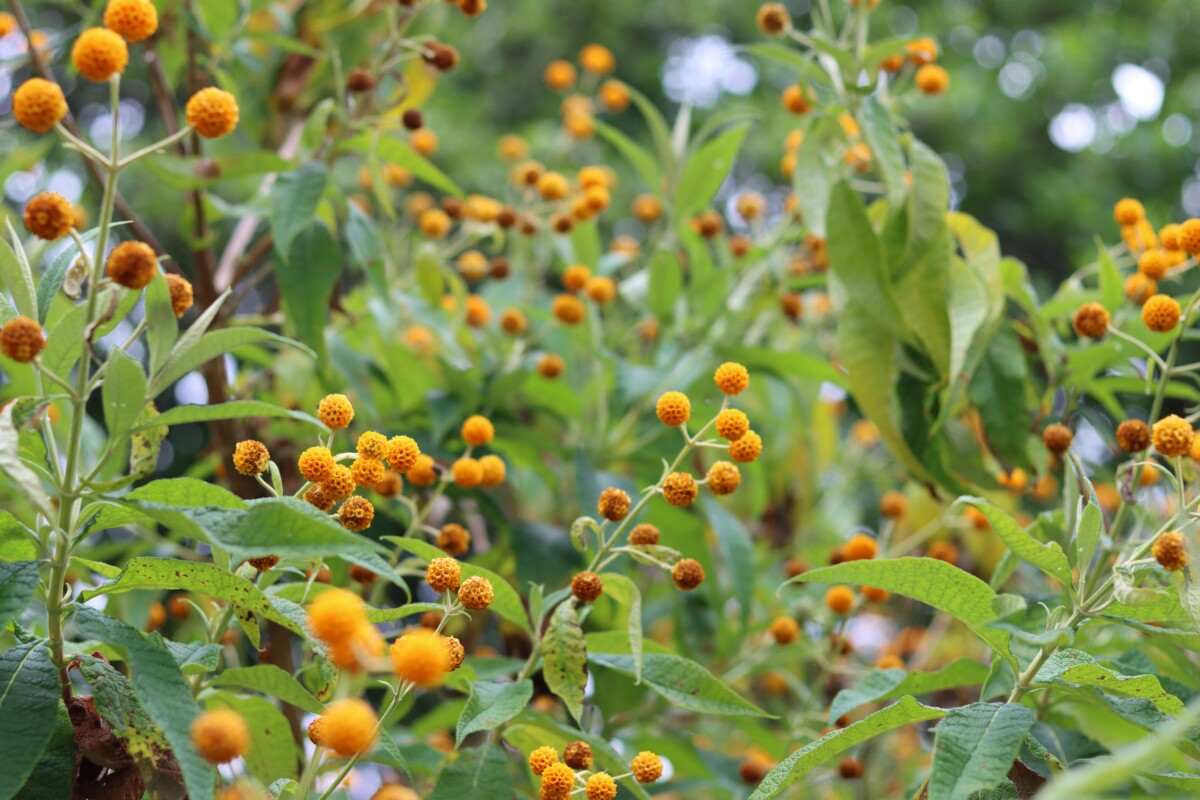
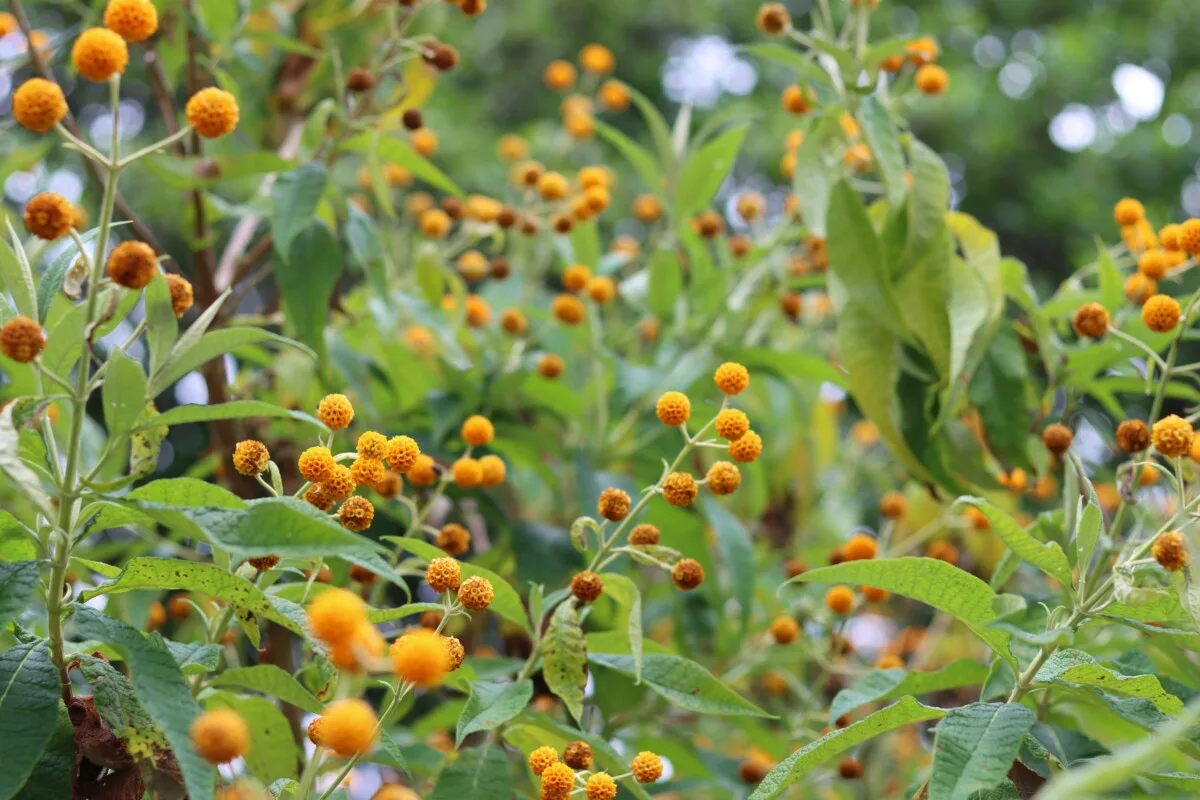
The Orange Ball Tree, also referred to as Buddleja globosa, is a deciduous shrub with vibrant, spherical clusters of orange flowers. It’s a superb various to its invasive cousin – Buddleja davidii. New buds set in late summer time. Prune Orange Ball Bushes after flowering, slicing again to form the shrub and take away spent blooms.
25. Lilac
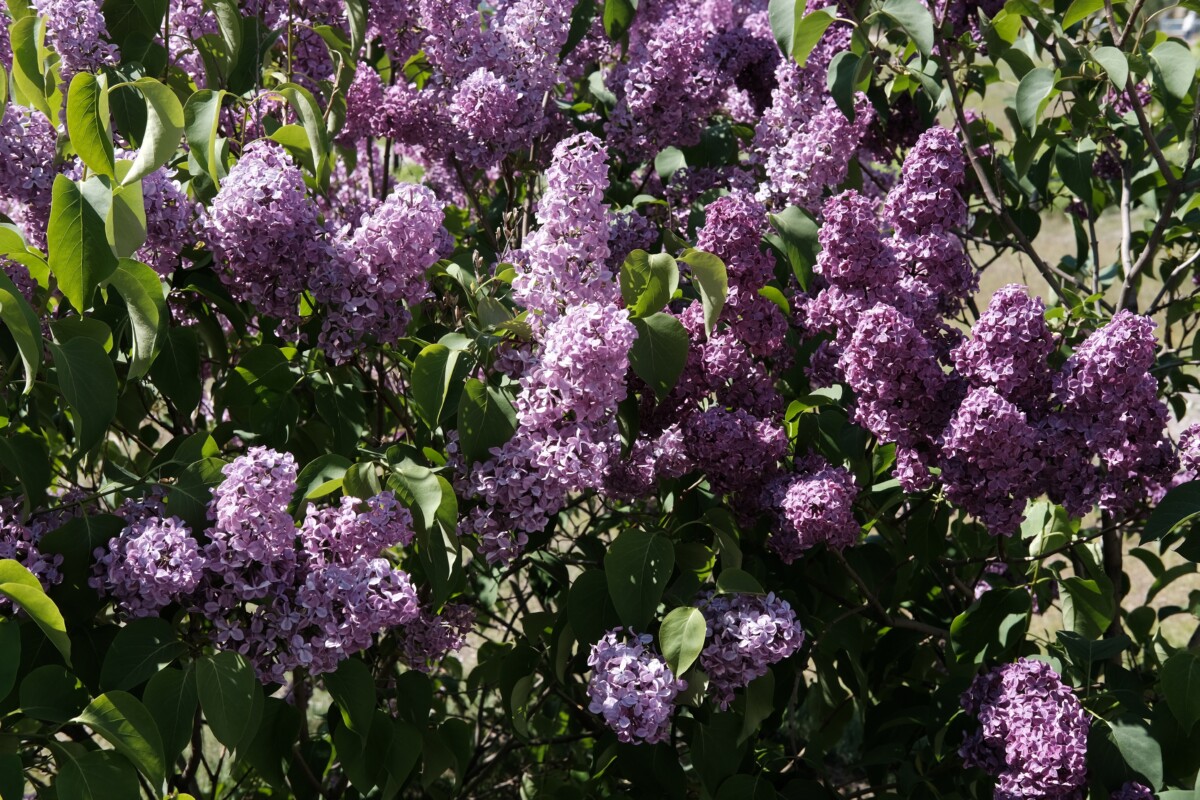
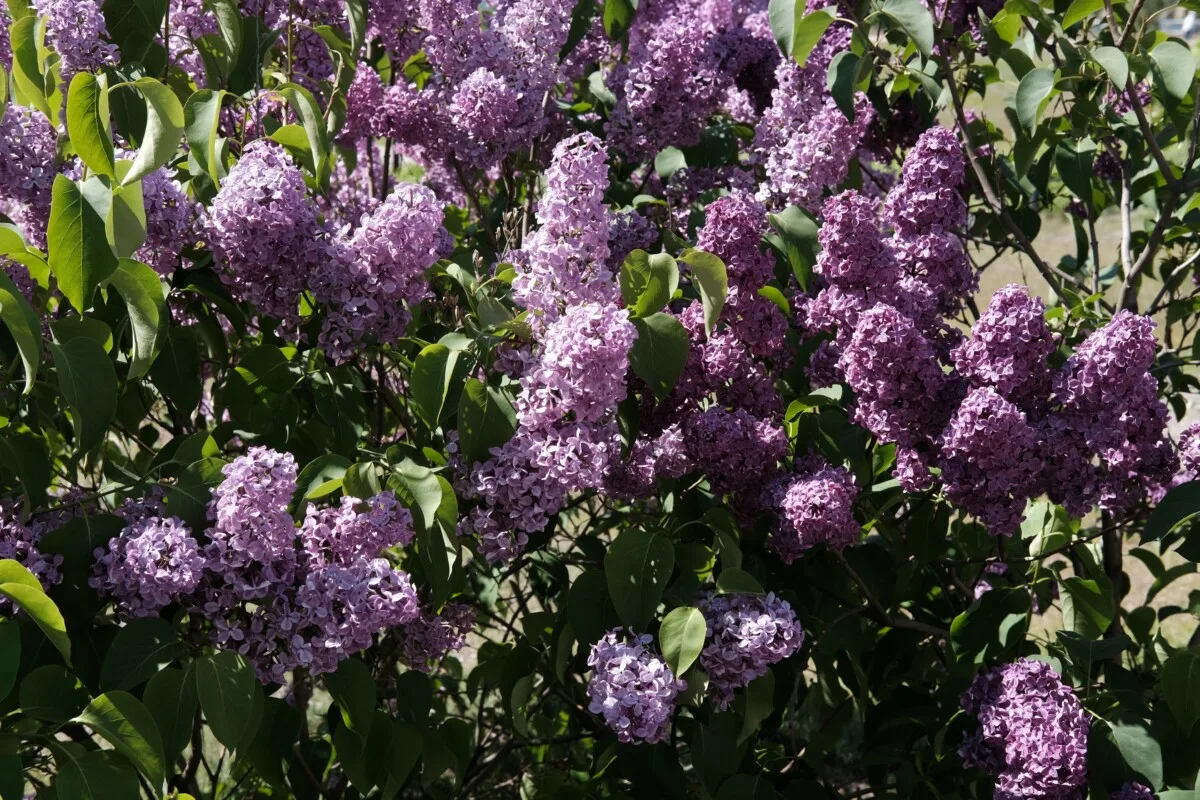
If you wish to benefit from the heady fragrance of lilacs, wait till after they’ve bloomed to prune them. Buds set in late summer time or early fall for the next spring’s blooms. Prune lilacs instantly after flowering to form the shrub and take away spent blooms.
26. Magnolia
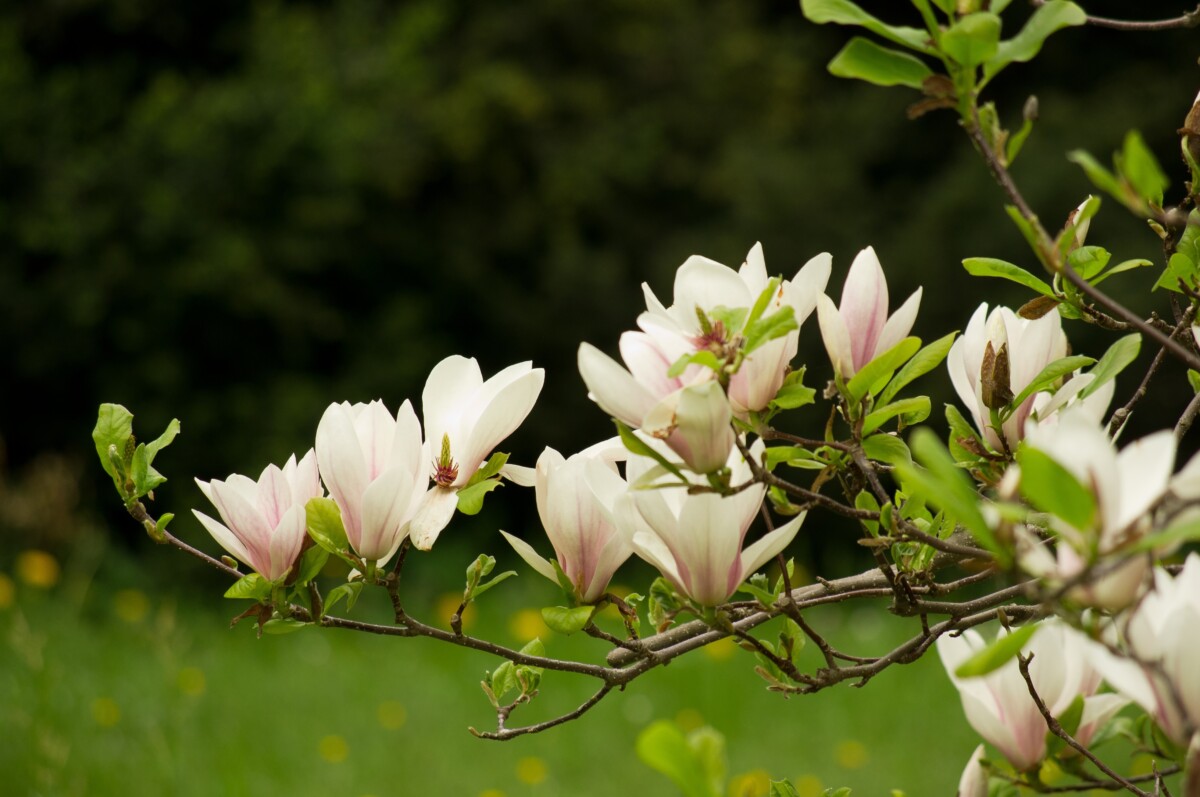
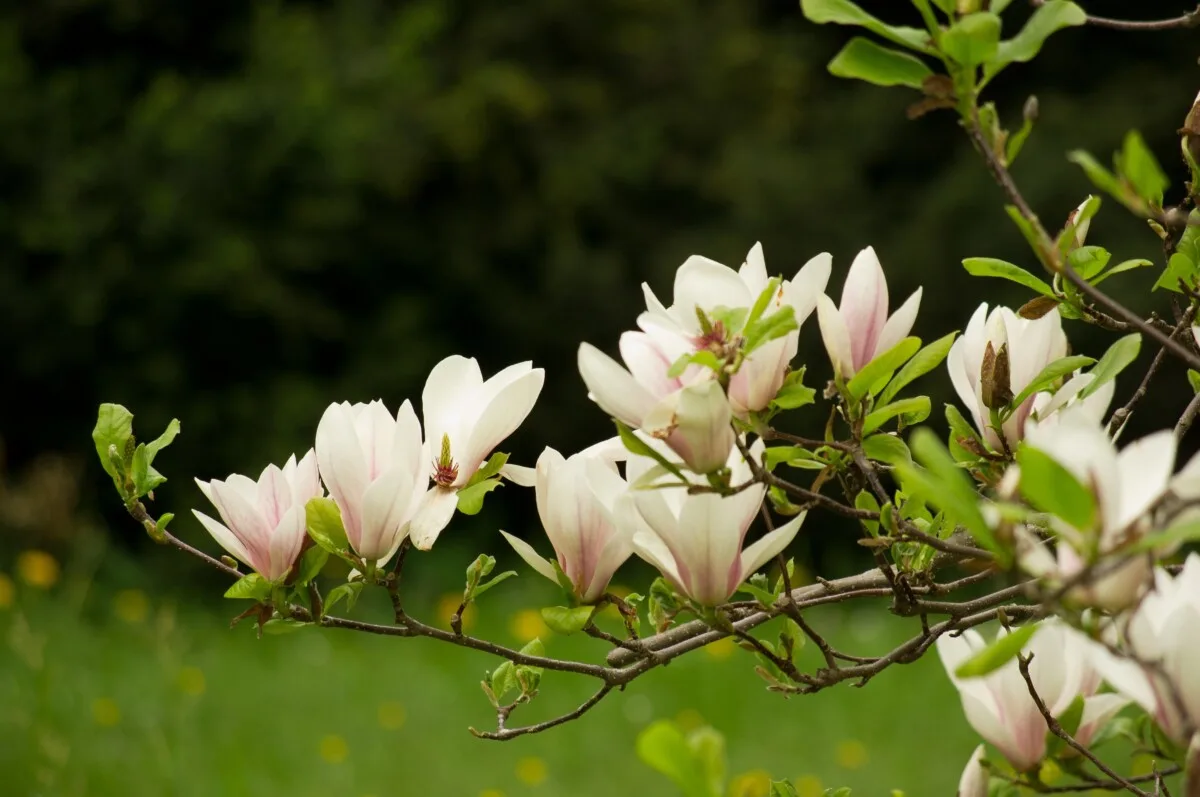
Magnolias are iconic flowering timber and shrubs with massive, aromatic blooms. Buds set in late summer time or early fall. Prune magnolia timber instantly after flowering to form and take away lifeless or broken branches.
27. Mexican Orange Blossom
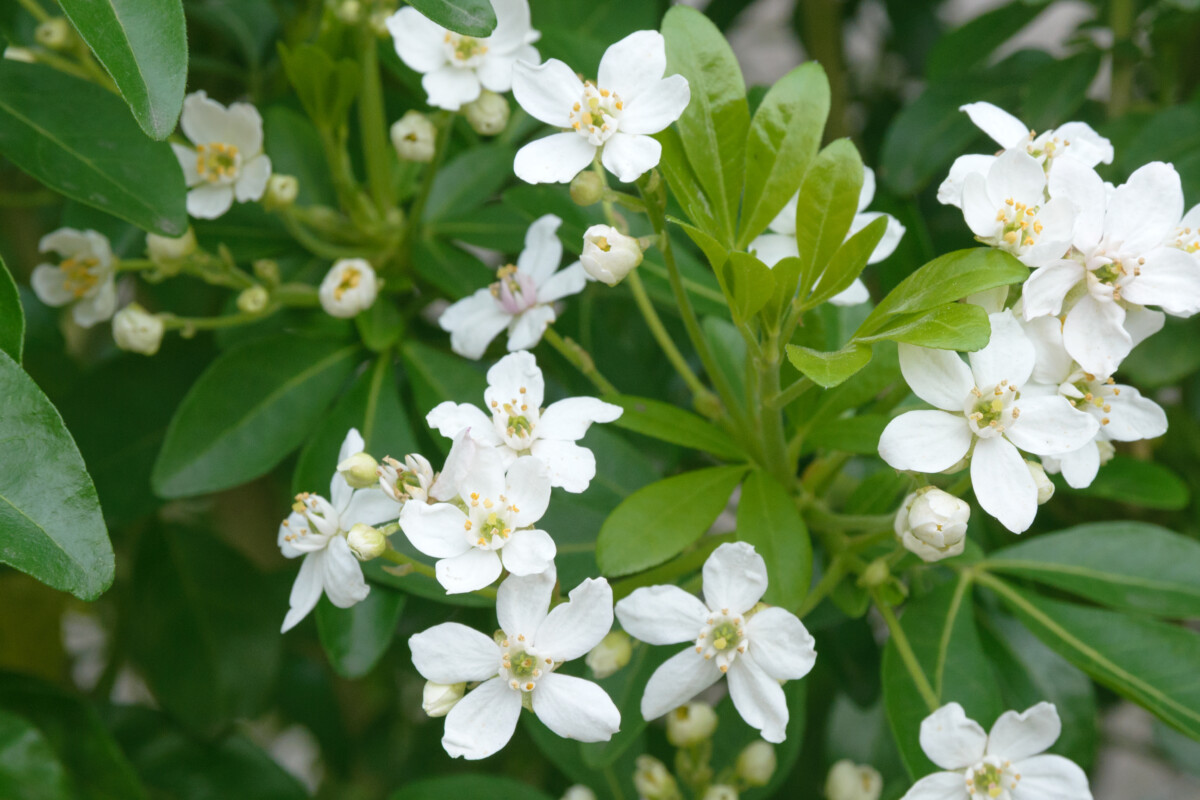
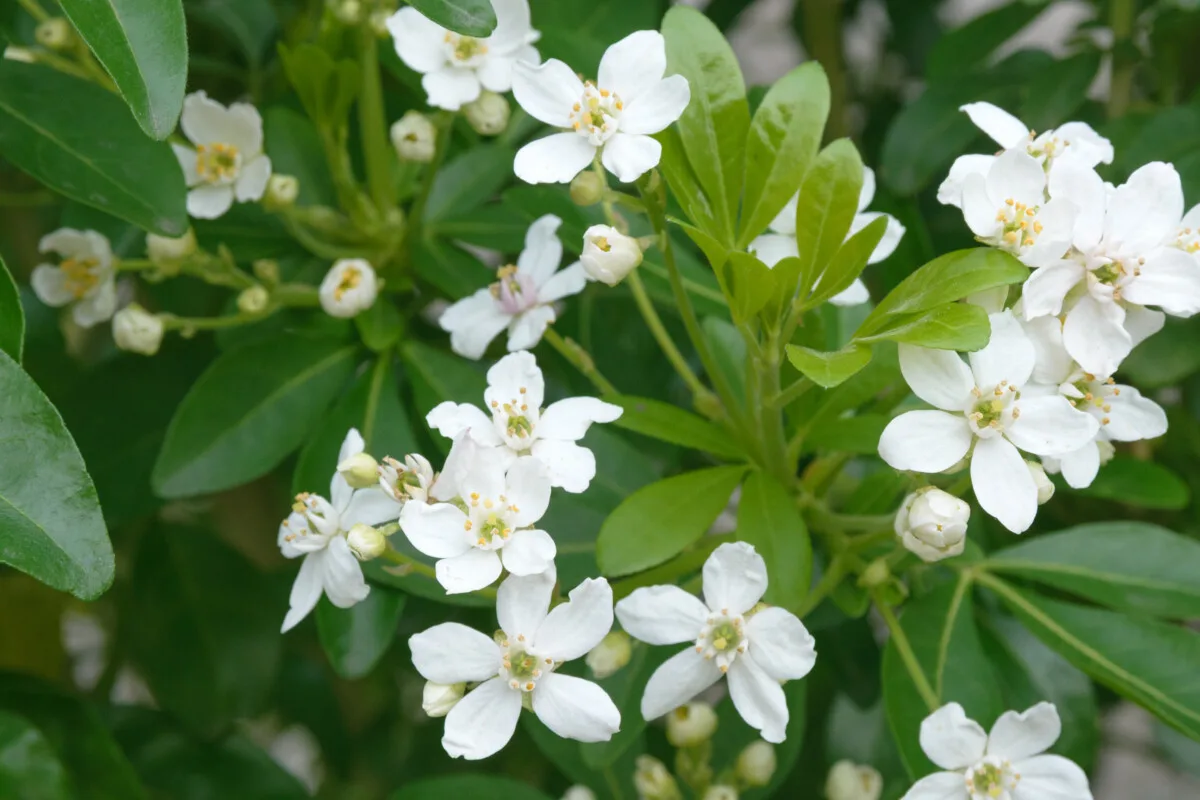
Mexican orange blossom, or Choisya ternata, is a aromatic evergreen shrub with clear, white flowers. Buds are set in late summer time or early fall. Prune Mexican orange blossom after flowering to form the shrub and take away any lifeless or crowded branches.
28. Rhododendron
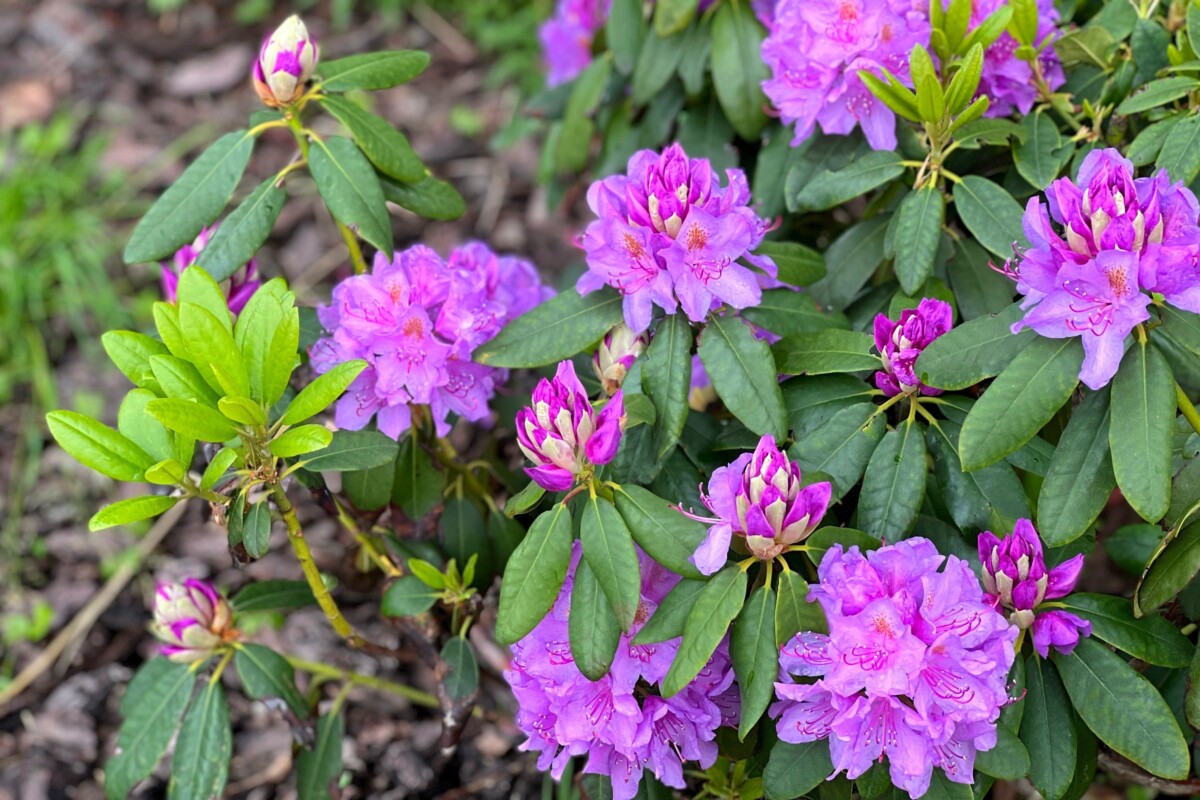
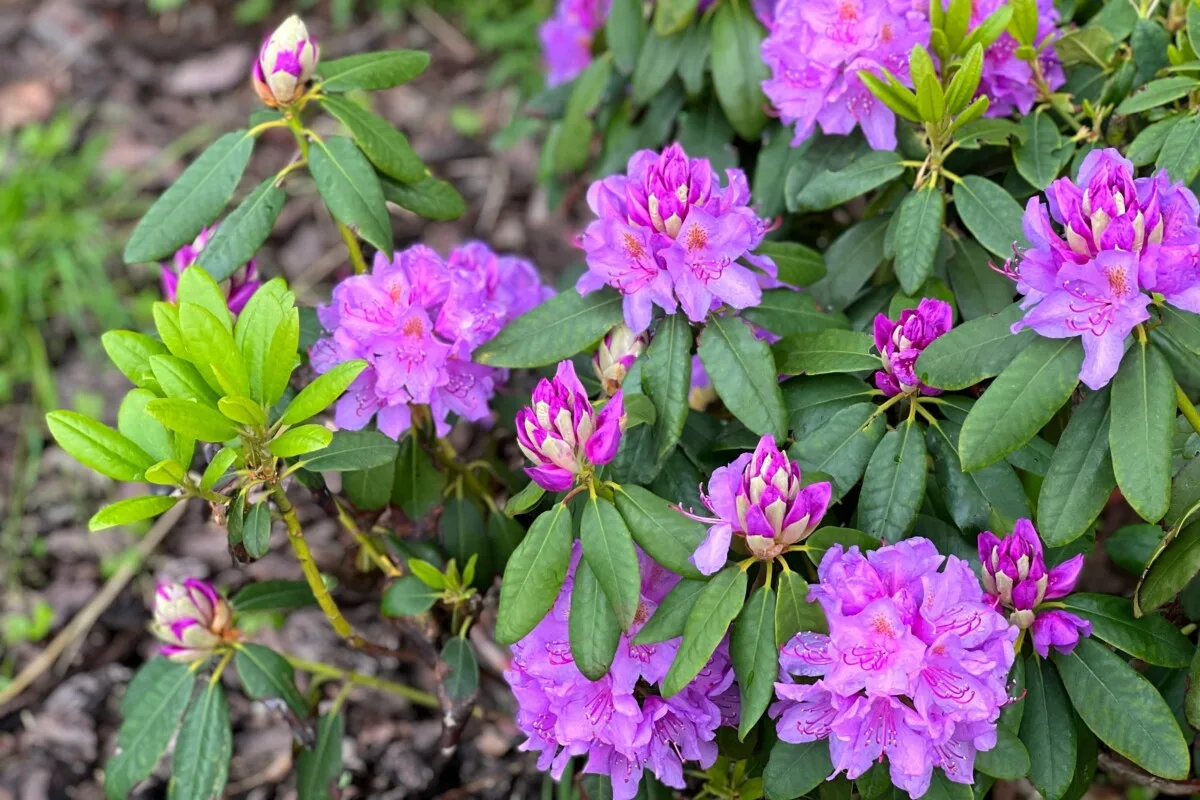
Rhododendrons are common evergreen shrubs with massive clusters of vibrant flowers. Buds are set in late summer time or early fall. Prune rhododendrons after flowering to take away spent blooms and form the shrub.
29. Spring-flowering Spirea (Spirea japonica)
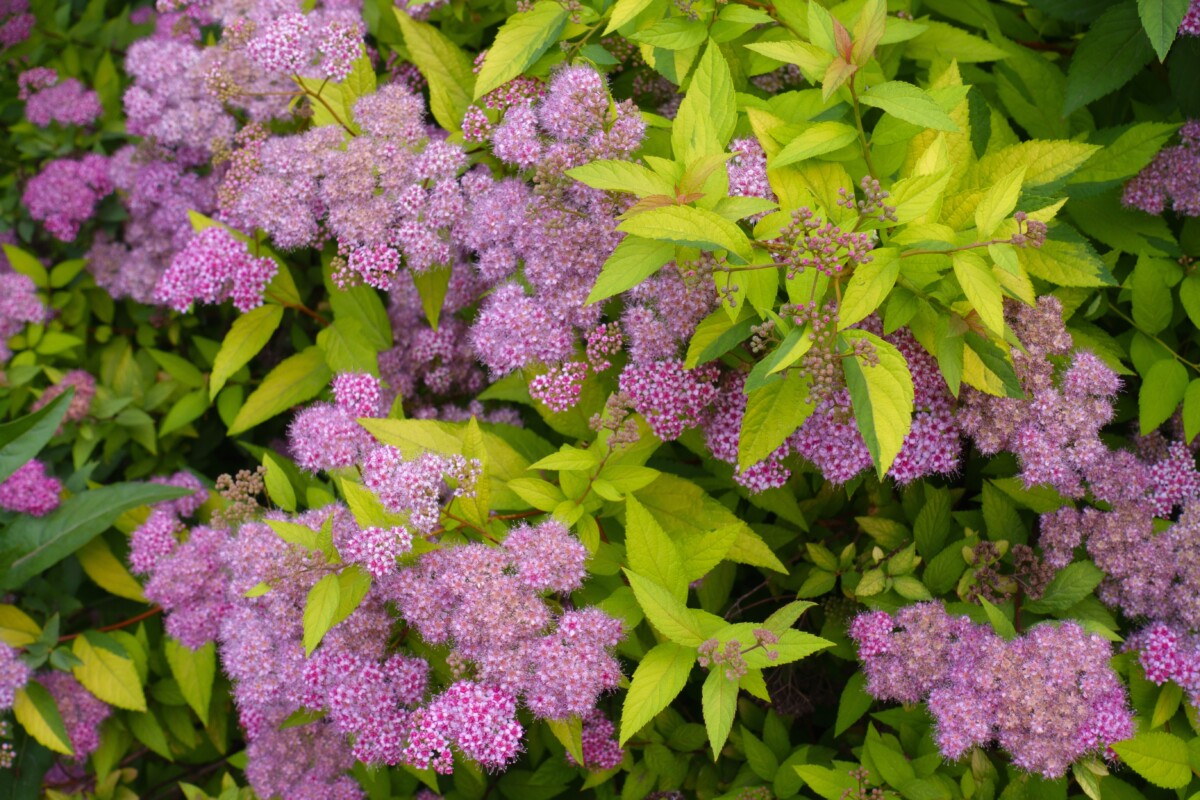
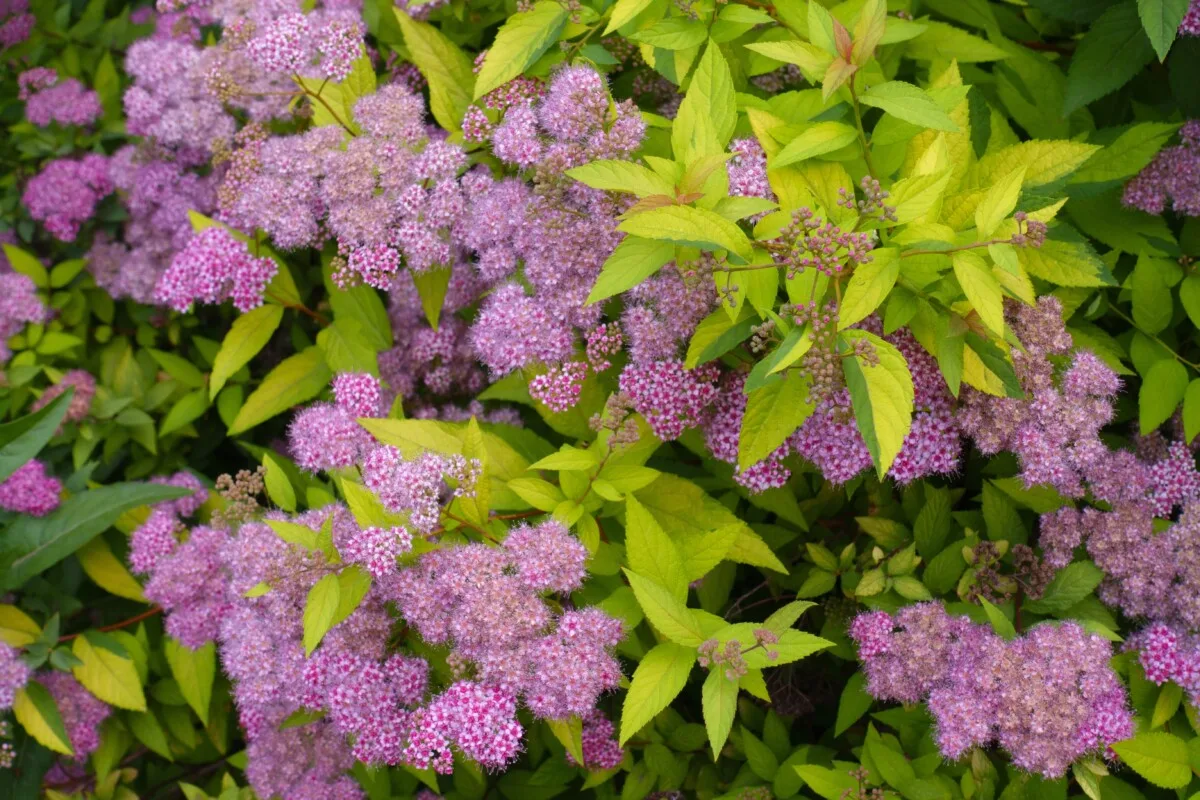
Spring-flowering spirea bushes produce cascading clusters of flowers. Buds are set in late summer time or early fall. Prune spirea after flowering to keep up form and encourage new development.
30. Viburnum – Early-flowering
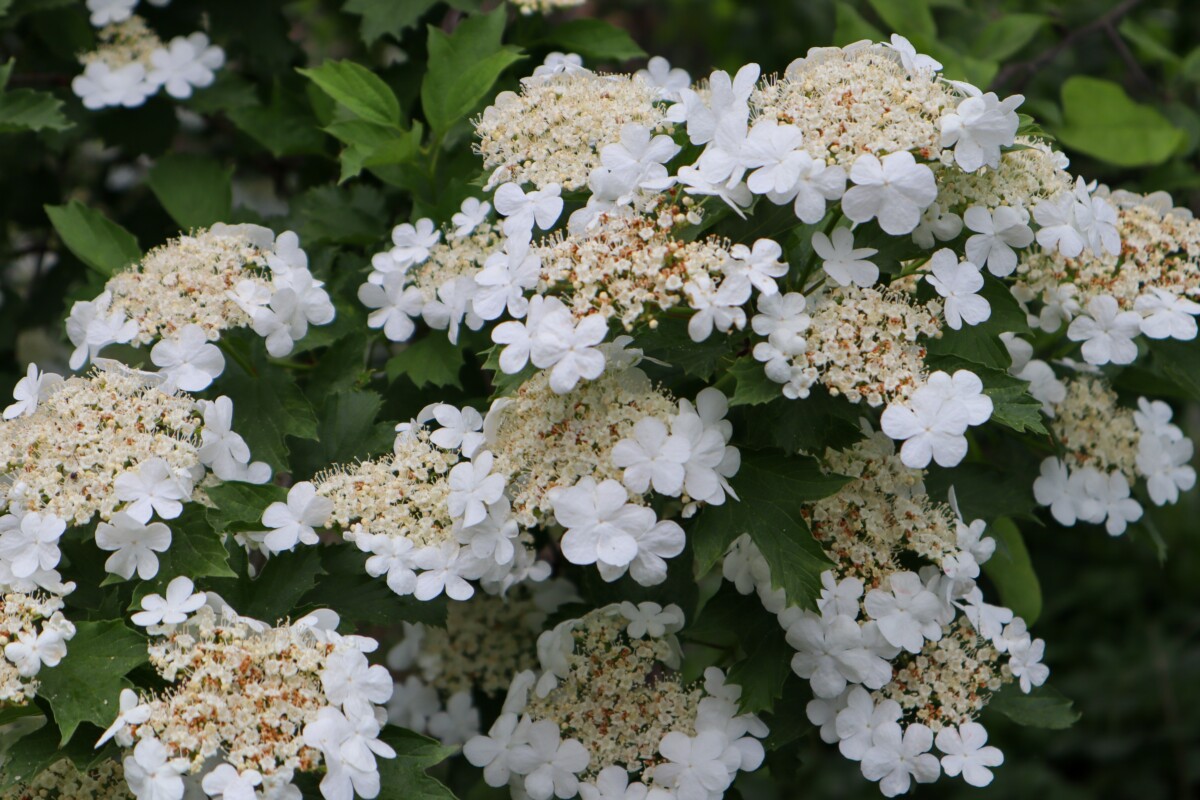
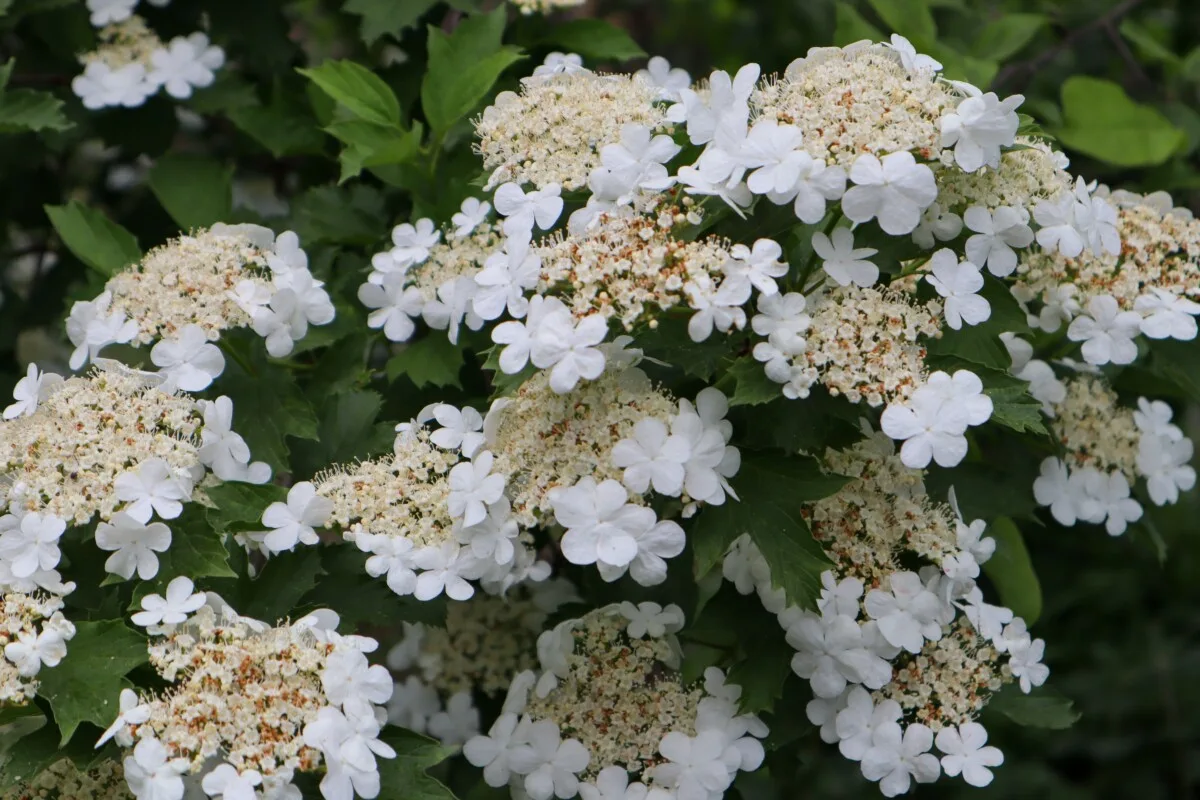
Early-flowering viburnum produce clusters of aromatic blooms in early spring. Buds are set in late summer time or early fall. Prune early-flowering viburnum after flowering to form the shrub and take away any lifeless or diseased wooden.

Get the well-known Rural Sprout e-newsletter delivered to your inbox.
Together with Sunday ramblings from our editor, Tracey, in addition to “What’s Up Wednesday” our roundup of what’s in season and new article updates and alerts.
